Story and Photos by ITN European Reporter Herve’ Rebollo.
Salut à toi, American rider,
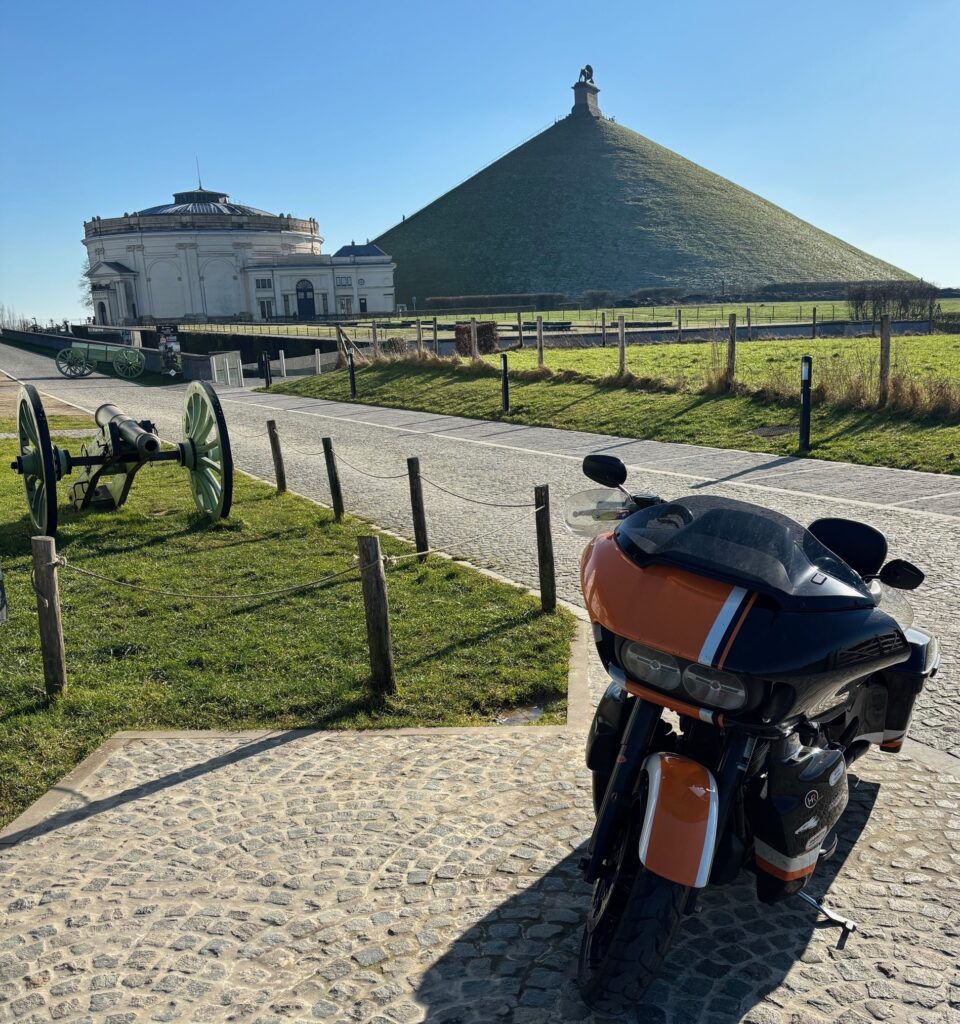 On this first Saturday in February, it was time to hit the road again. This day was the first of a long period which promised to be sunny without any rain. Here we go, it’s time to ride again!!!!
On this first Saturday in February, it was time to hit the road again. This day was the first of a long period which promised to be sunny without any rain. Here we go, it’s time to ride again!!!!
But yes … it was really cold. At 8 this morning, it was about 23 Fahrenheit degrees and because of the fog patches the humidity was high. I have to say that the two first hours have been difficult.
Once again, the idea was to take a long walk (at least 800km/500miles), discover the country (and why not a foreign country) and improve my level of culture: all in a single day!
Under a magnificent sun, in beautiful light, it was time to discover the French villages. And after two hours of riding, it’s time to stop at a local bar for a coffee or two. In fact, I still don’t know if I like the coffee or the special atmosphere that we always find when we stop in such places. Each time the local guys come to see me to talk about my bike (or something else), offer me coffee, cigarettes or wine, beer. I spent at least 40 minutes when I only wanted to stop for 10 minutes max. I like this French way of living in our villages
Leaving the house this morning, I headed north…towards Belgium. And its red brick villages and its shops and restaurants always painted in bright colors. Absolutely typical of the part of Europe.
My destination was: the famous city of WATERLOO and particularly its site of the LION’S MOUND;
Waterloo is a municipality in Wallonia, located in the province of Walloon Brabant, Belgium (population of about 30.000). Waterloo lies a short distance south of Brussels. It is the site of the Battle of Waterloo, where the resurgent Napoleon was defeated for the final time in 1815.
Waterloo is a legendary place for French people which is deeply engraved in our national history and our collective memory. The Battle of Waterloo was fought on Sunday 18 June 1815 (at that time in the United Kingdom of the Netherlands, now in Belgium), marking the end of the Napoleonic Wars. The French Imperial Army under the command of Napoleon I was defeated by two armies of the Seventh Coalition. One of these was a British-led force with units from the UK, the Netherlands, Hanover, Brunswick, and Nassau, under the command of field marshal Arthur Wellesley, Duke of Wellington (often referred to as the Anglo-allied army or Wellington’s army). The other comprised three corps of the Prussian army under Field Marshal Blücher. Waterloo was the decisive engagement of the Waterloo campaign and Napoleon’s last. It was also the second bloodiest single day battle of the Napoleonic Wars, after Borodino. According to Wellington, the battle was “the nearest-run thing you ever saw in your life”. Napoleon abdicated four days later, and coalition forces entered Paris on 7 July. The defeat at Waterloo marked the end of Napoleon’s Hundred Days return from exile. It precipitated Napoleon’s second and definitive abdication as Emperor of the French, and ended the First French Empire. It set a historical milestone between serial European wars and decades of relative peace, often referred to as the Pax Britannica . In popular culture, the phrase “meeting one’s Waterloo” has become an expression for someone suffering a final defeat.
The Lion’s Mound is a large conical artificial hill. King William I of the Netherlands ordered its construction in 1820, and it was completed in 1826. It commemorates the spot on the battlefield of Waterloo where the king’s elder son, Prince William of Orange, is presumed to have been wounded on 18 June 1815, as well as the Battle of Quatre Bras, which had been fought two days earlier.
The hill offers a vista of the battlefield, and is the anchor point of the associated museums and taverns in the surrounding Lion’s Hamlet.
Visitors who pay a fee may climb up the mound’s 226 steps (with my heavy 66 year biker boots, it has been a pleasure to climb, trust me)…
… which lead to the statue and its surrounding overlook (where there are maps documenting the battle, along with observation telescopes); the same fee also grants admission to see the painting Waterloo Panorama.
The construction took place between 1823 and October 1826. The lion’s statue was hoisted and placed on its pedestal at the top of the mound on the evening of 28 October 1826.
On 21 May 2015, the Waterloo 1815 memorial was inaugurated to mark the bicentenary of the Battle of Waterloo, at a cost of around €40 million, including renovation of adjacent structures. Since then, there has been a fee for access to the Lion’s Mound.
The mound itself is a regular cone of earth, 43 meters (141 ft) in height, 169 meters (554 ft) in diameter, and 520 meters (1,710 ft) in circumference. This huge man-made hill was constructed using 300,000 cubic meters (390,000 cu yd) of earth taken from the ridge at the center of the British line, effectively removing the fields between La Haye Sainte farm and the southern bank of Duke of Wellington’s sunken lane.
Everyone is aware that the variously inclined undulations of the plains, where the engagement between Napoleon and Wellington took place, are no longer what they were on 18 June 1815.
By taking from this mournful field the wherewithal to make a monument to it, its real relief has been taken away, and history, disconcerted, no longer finds her bearings there. It has been disfigured for the sake of glorifying it.
A colossal cast iron statue of a lion standing upon a stone-block pedestal surmounts the hill. Jean-Louis Van Geel (1787–1852) sculpted this Leo Belgicus, which closely resembles the 16th-century Medici lions.
The lion is represented on the crests of both the royal Arms of England and the Royal Coat of Arms of the UK, as well as on the personal coat of arms of the monarch of the Netherlands, and symbolises courage. Its right front paw is upon a sphere, signifying global victory.
The statue weighs 28 tons (62,000 lb), has a height of 4.45 meters (14.6 ft) and a length of 4.5 meters (15 ft). William Cockerill’s iron foundry in Liège cast the statue in sections; a canal barge brought those pieces to Brussels; from there, heavy horse-drays drew the parts to Mont-St6Jean, a low ridge south of Waterloo. There is a legend that the foundry melted down brass from cannons that the French had left on the battlefield, in order to cast the metal lion. In reality, the foundry made nine separate partial casts in iron and assembled those components into one statue at the monument site.
At the foot of the mound is the Panorama of the Battle of Waterloo.
It is a rotunda that houses a monumental panoramic painting depicting the Battle of Waterloo. It was designed by the architect Franz Van Ophem in 1911. It has an external diameter of 35 meters (115 ft) and stands 15 meters (49 ft) high, with a conical roof.
The rotunda houses an oil-on-canvas painting completed by French artist louis Dumoulin in 1912, with 14 canvas panels sewn together to create a cylinder approximately 110 meters (360 ft) in circumference and 12 meters (39 ft) high. It is lit from above by a ring of glazing around the edge of the conical roof and is viewed from a 5 meters (16 ft) high platform at the center of the rotunda. Too bad, my photos cannot capture the immensity of this 360 degree fresco.
The effect is striking when you take (at least 20 minutes) to contemplate it. The painting depicts several different episodes from the Battle of Waterloo in 1815, concentrating on charges by French cavalry. Physical elements in front of the painting, including cut-out figures, fences and bodies made of plaster, disguise the lower edge of the painting and enhance its immersive quality.
At the visitor center, you find a museum.
And currently, the Lego company is offering an exhibition dedicated to the life of Napoleon made with its famous plastic bricks.
Ok, back to the parking. The sun was shining, and I needed another coffee.
It’s time to visit the local Harley Davidson dealership RMC CLASSICS.
And spend a little time at the chapter’s bar.
No one speaks French here, only Flemish.
Located in a little city at the north of Brussels, the dealership opened in 2000.
But it was in 1991 that Rudy Moens began his activity of sales, maintenance and construction of Harley-Davidson motorcycles. Rudy was quickly accompanied by his son Tom, who had become a trusted asset within the store. In the garage, they currently have 5 men, under the direction of Tom.
I bought the patch, took a coffee. It was 4pm and time to back home
No time to waste. 400kms to go, with the temperature dropping and night falling early.
Finally home at 9 p.m. I must admit that it was an intense day. I may not behave like a guy my age, but yes, I was exhausted. A long distance with such a temperature was only possible thanks to the sun. If I had rain it would have been hell. Lucky me!
See ya soon on the road, who knows?
Hervé you French biker friend.





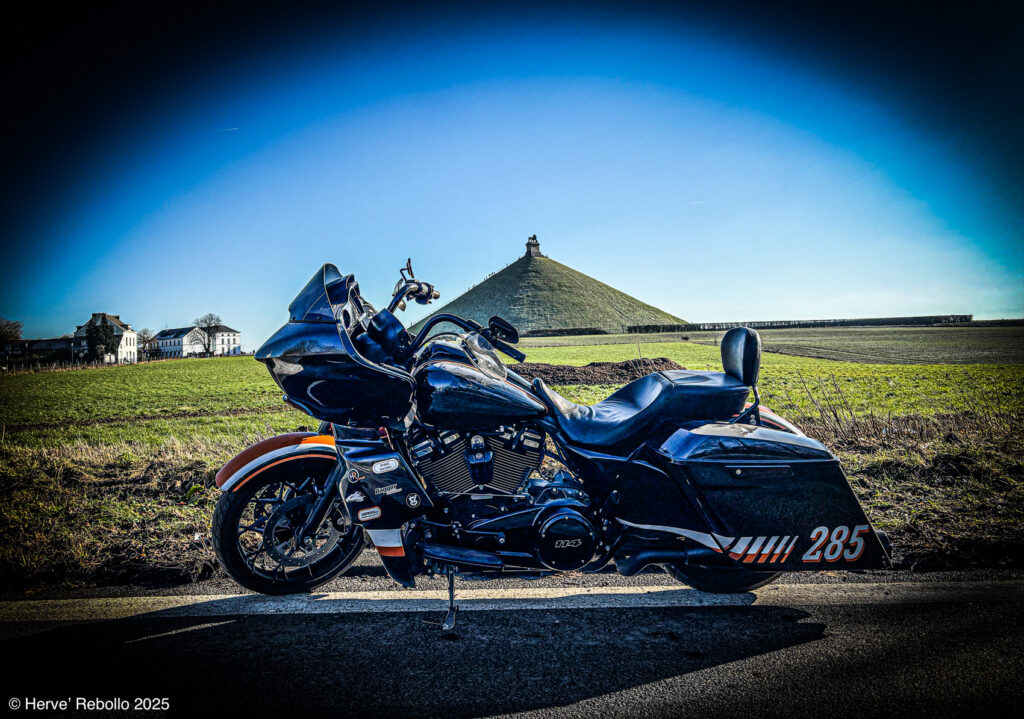
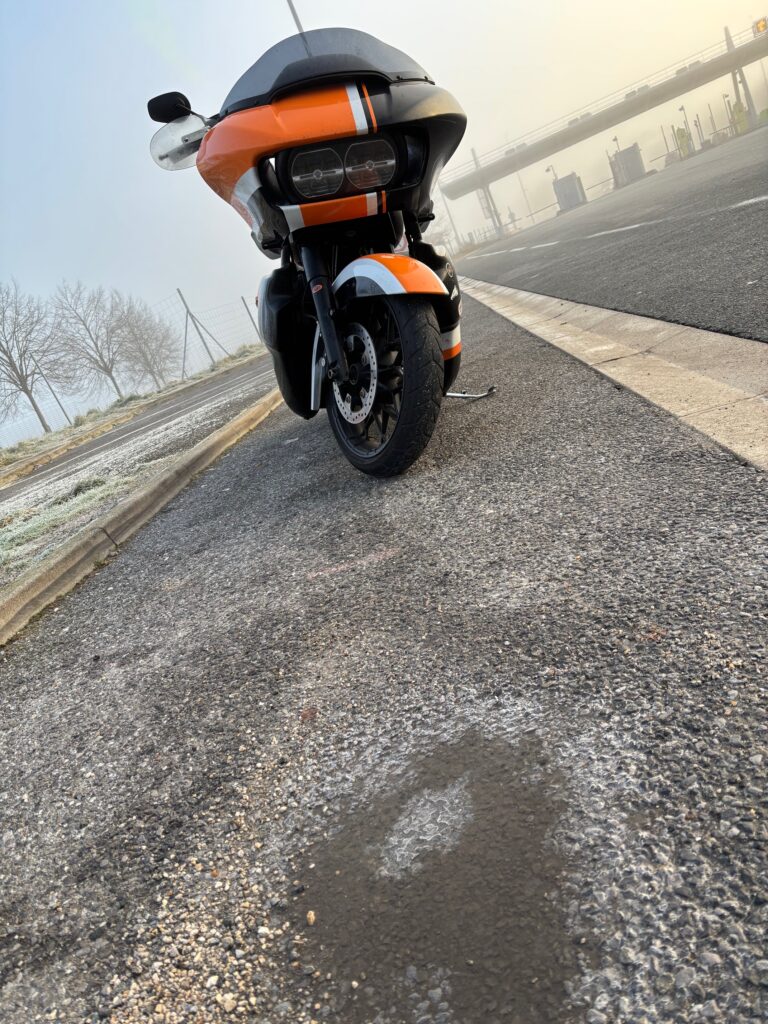
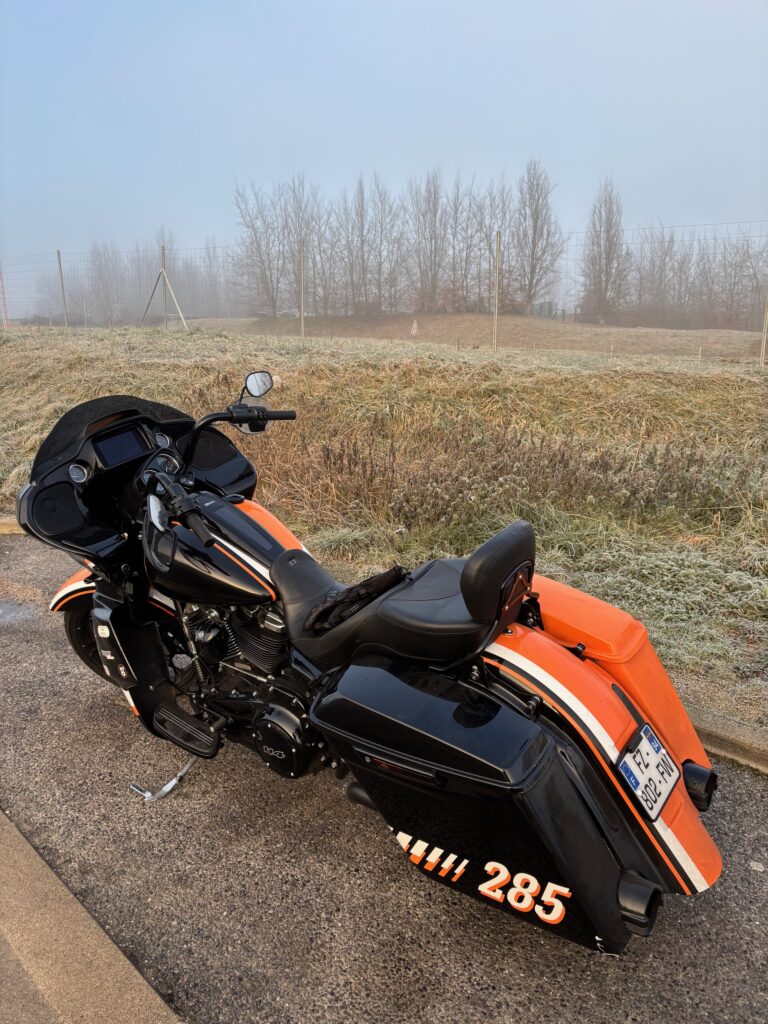

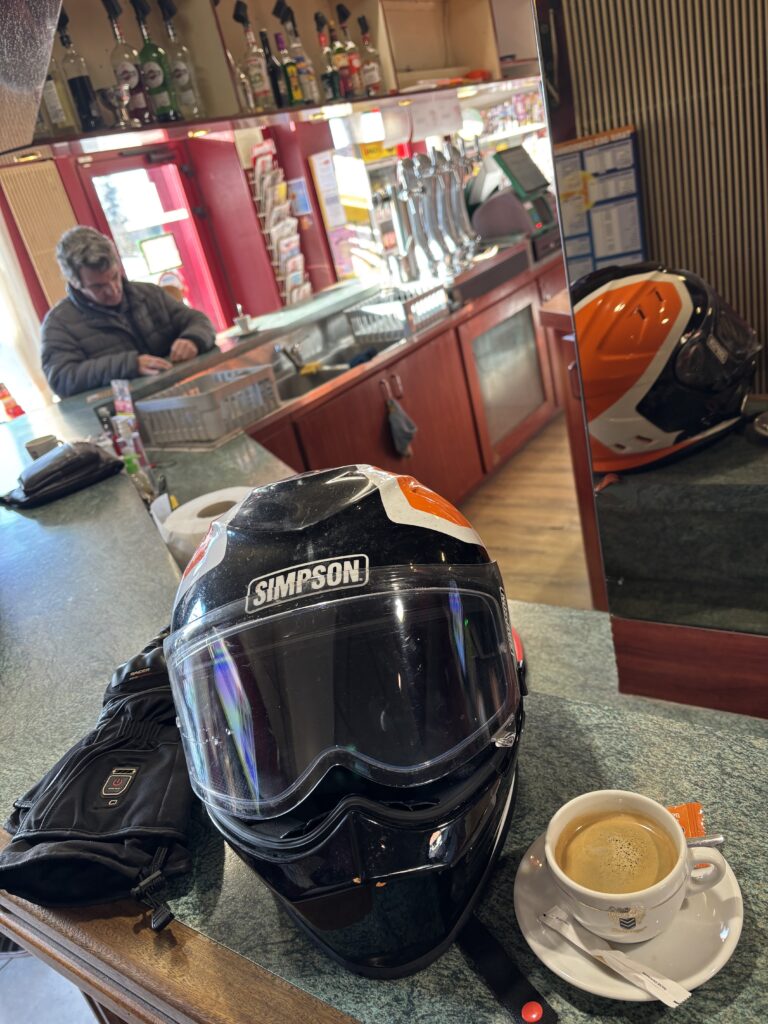
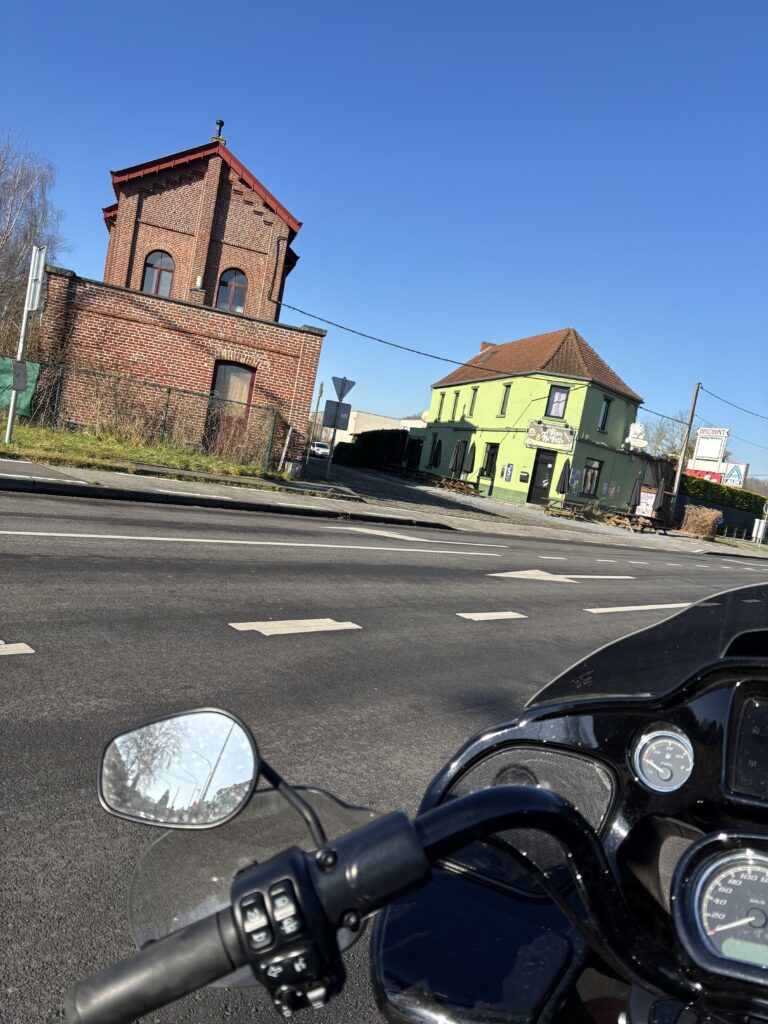

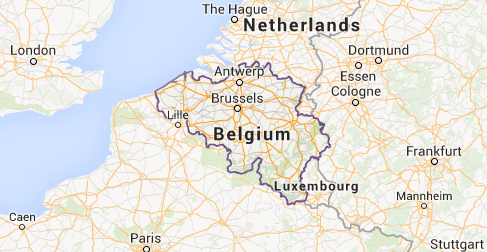
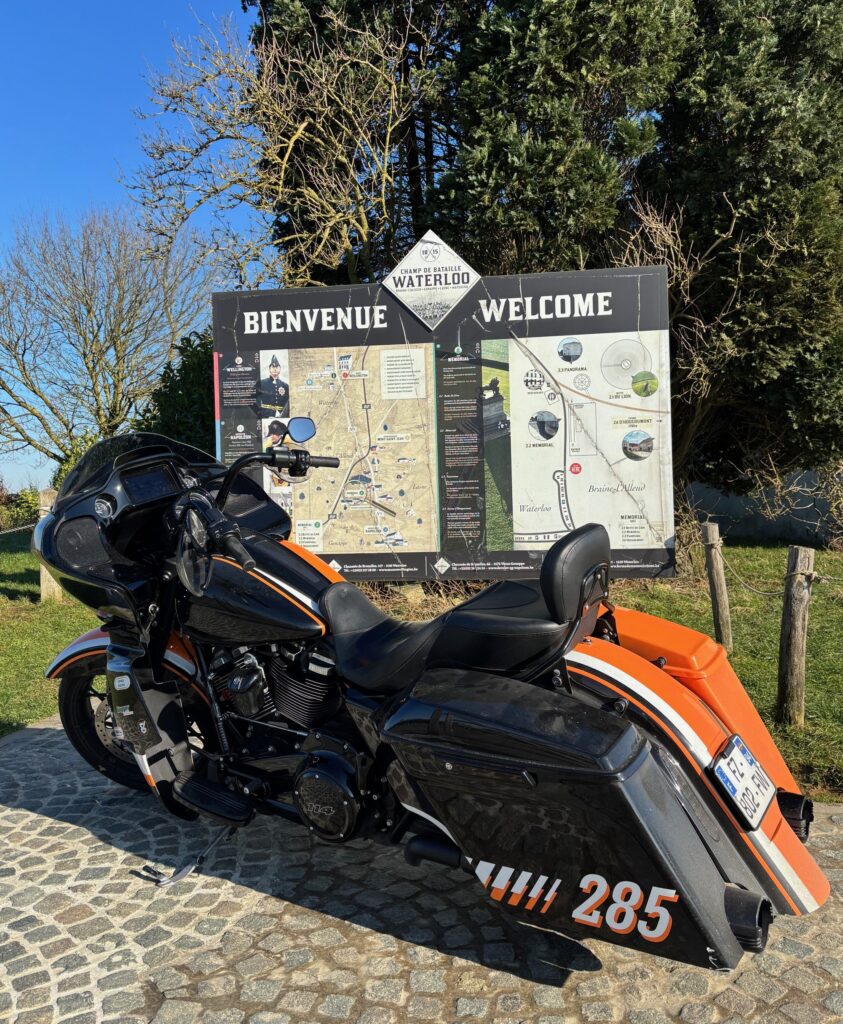
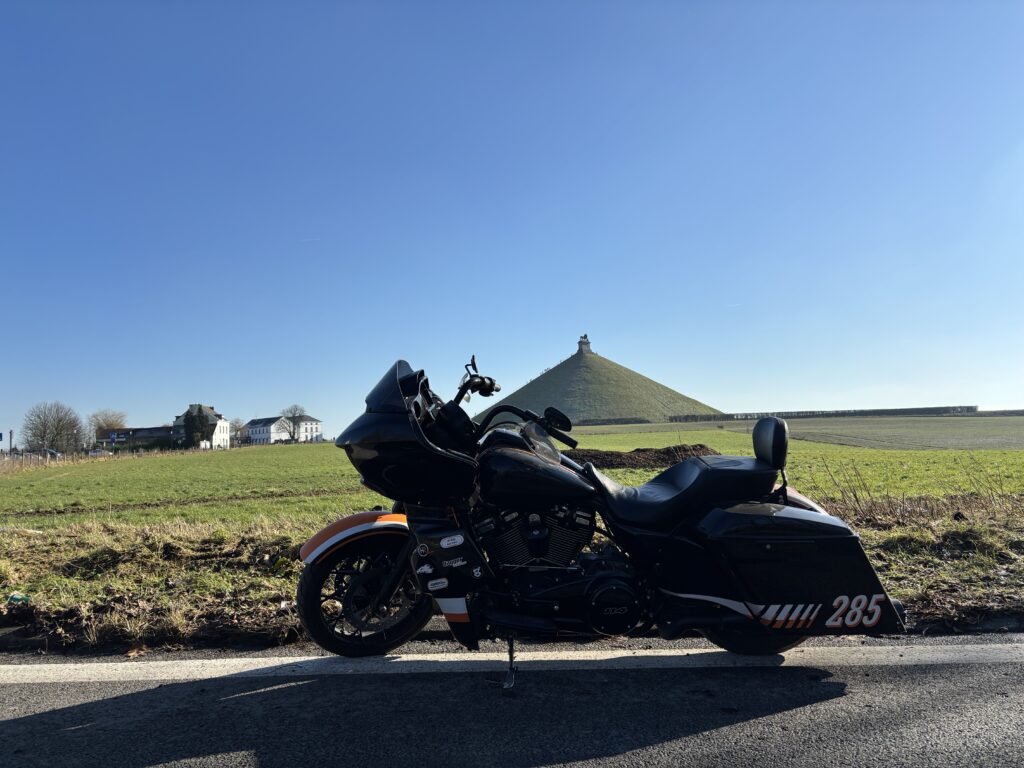
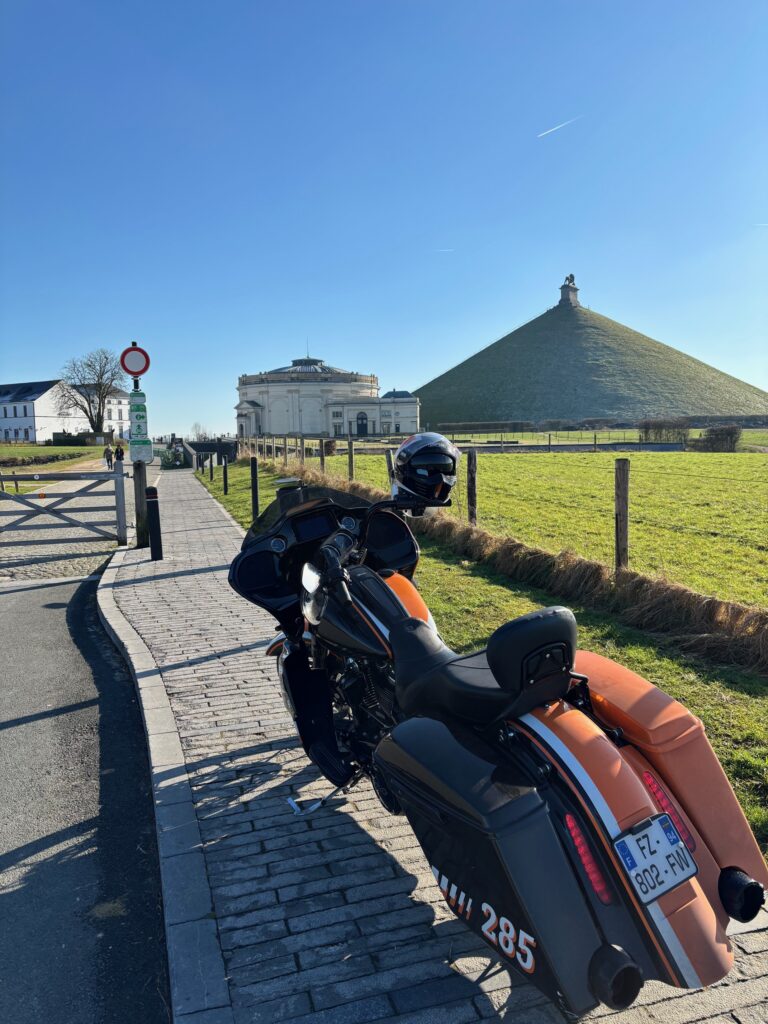
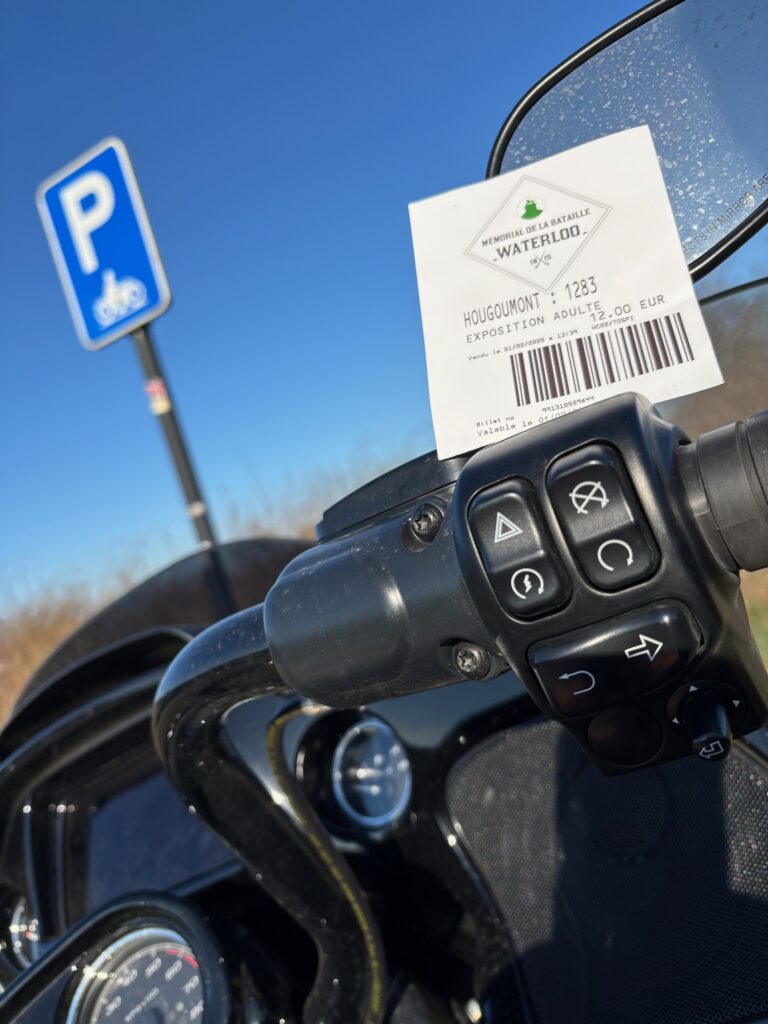
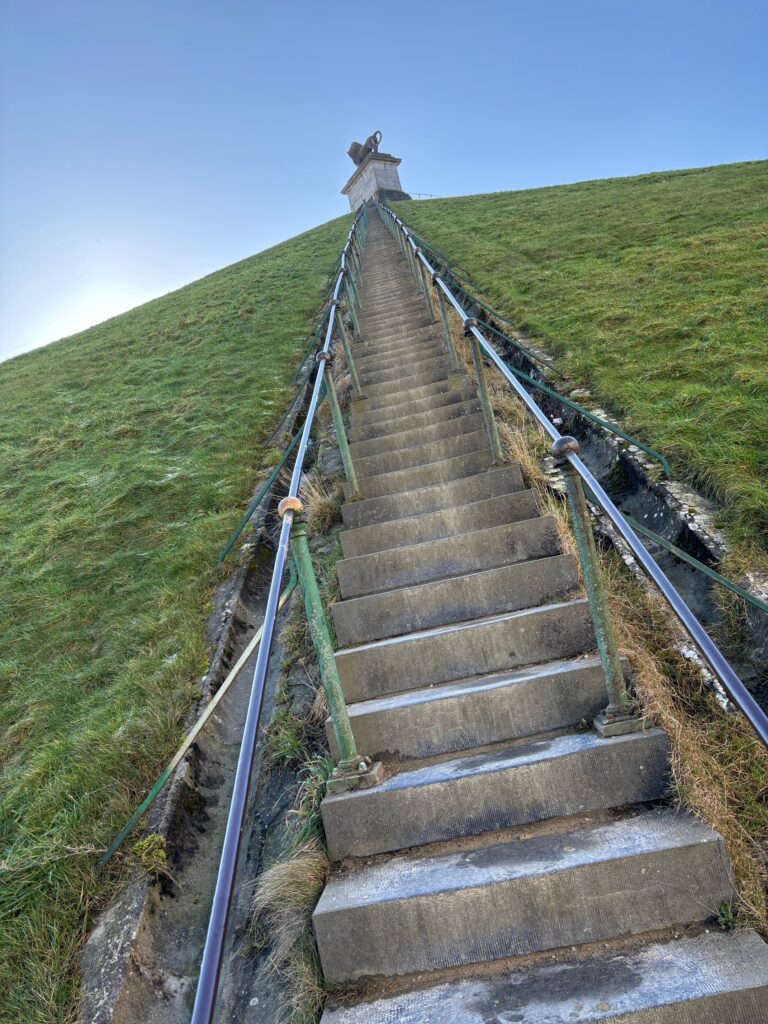
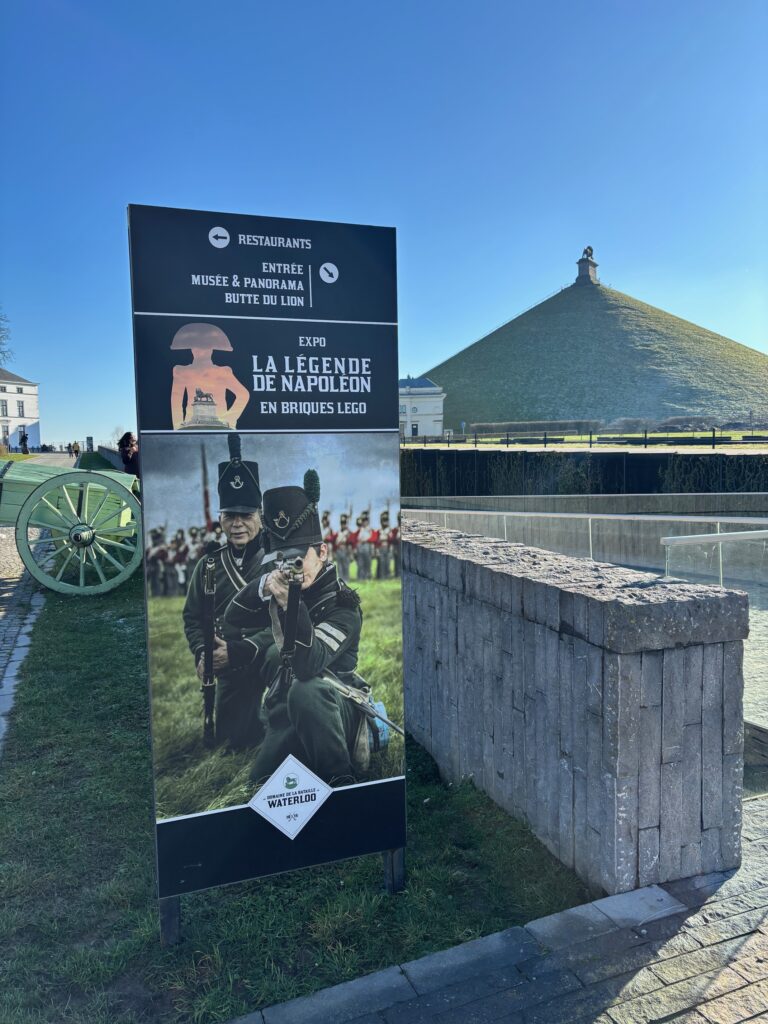
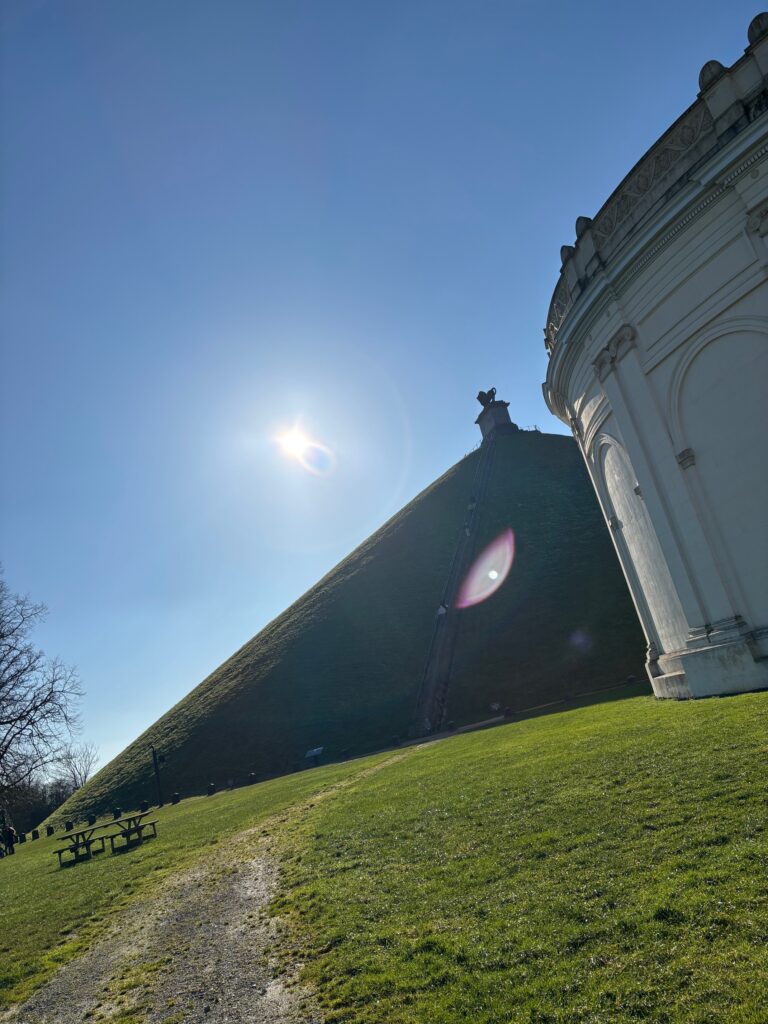
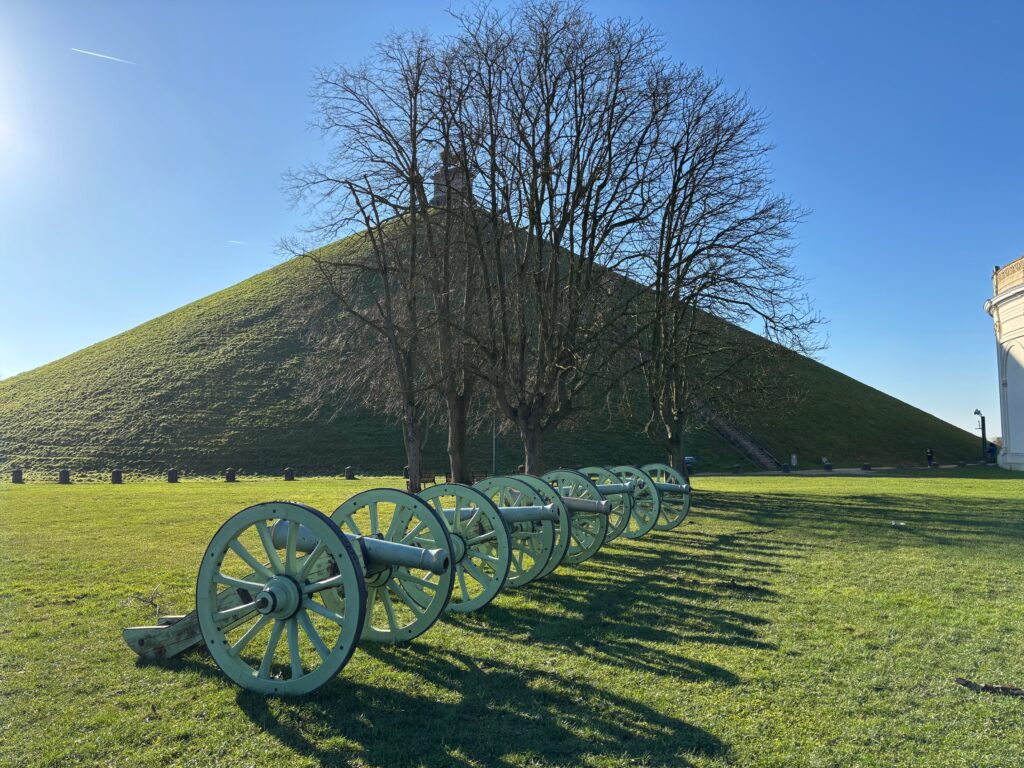

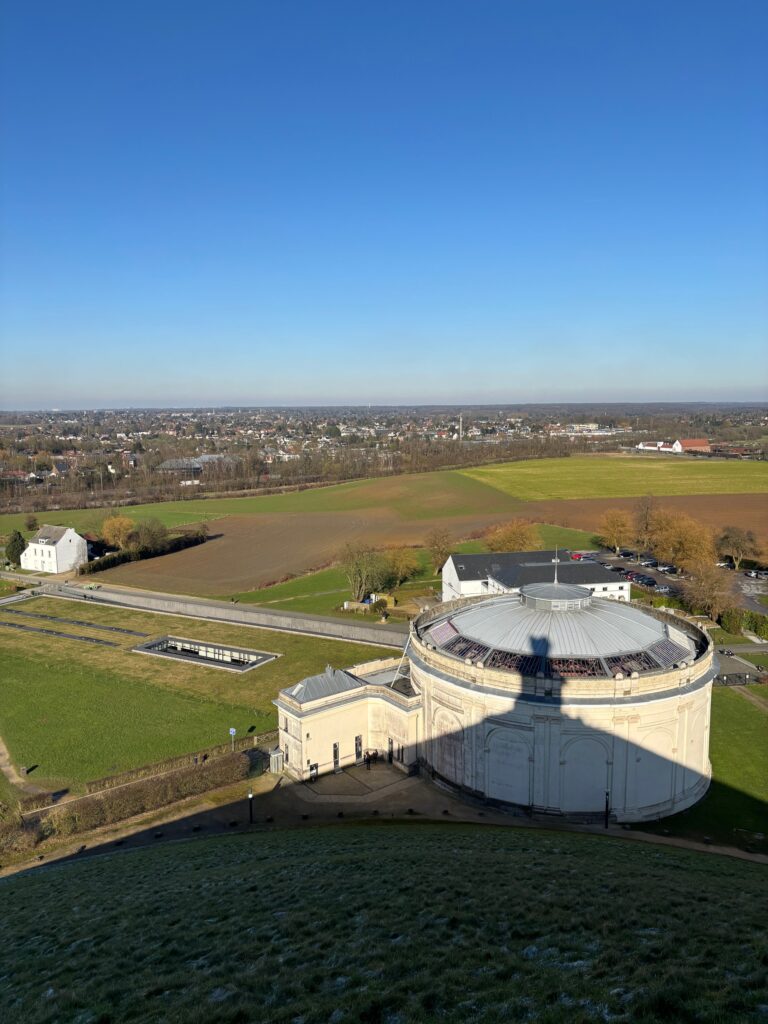
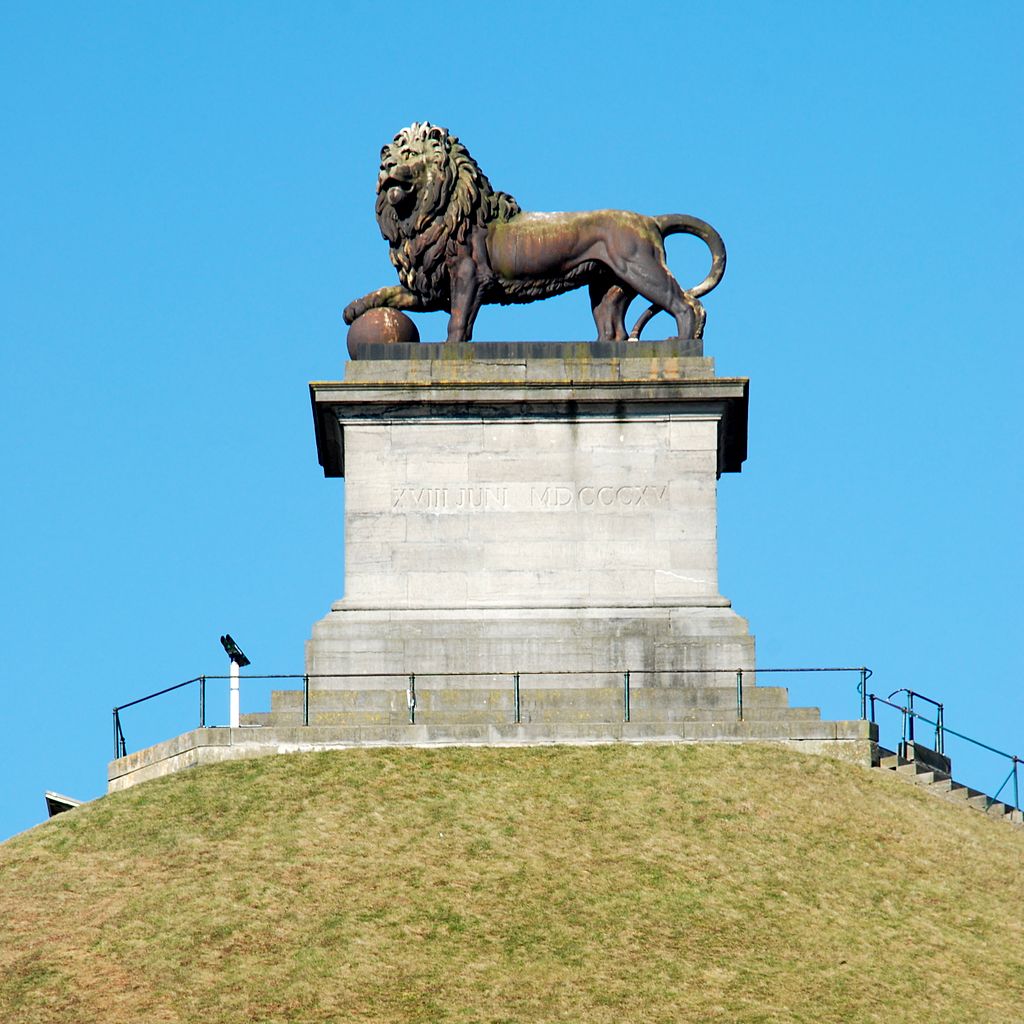
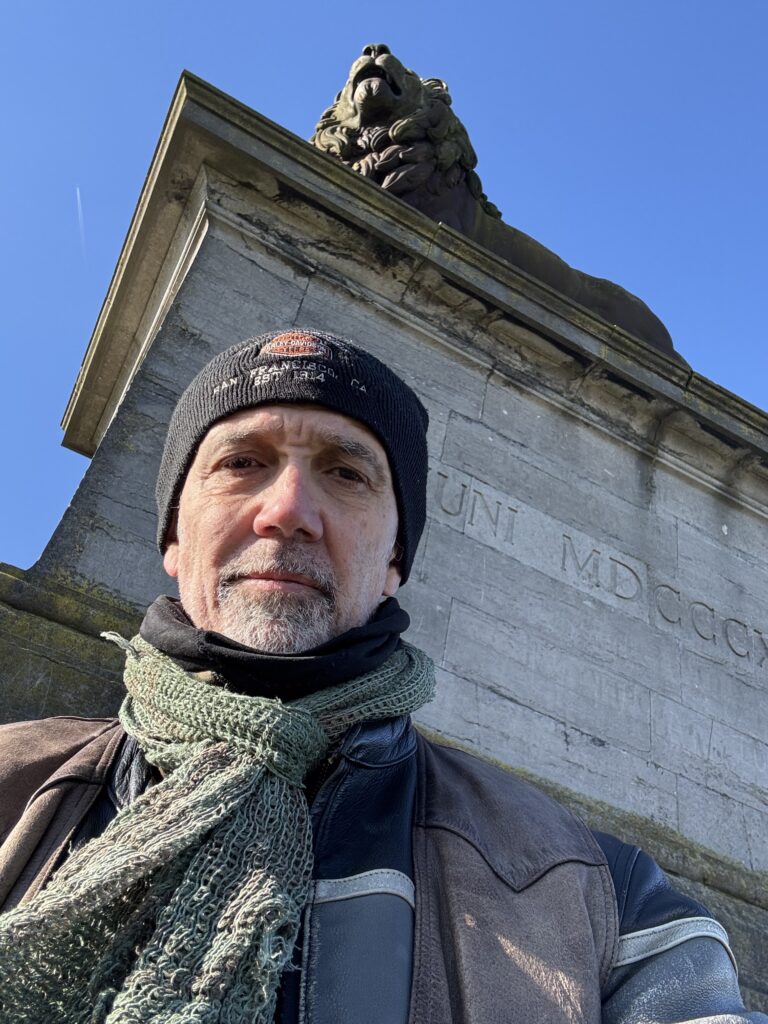
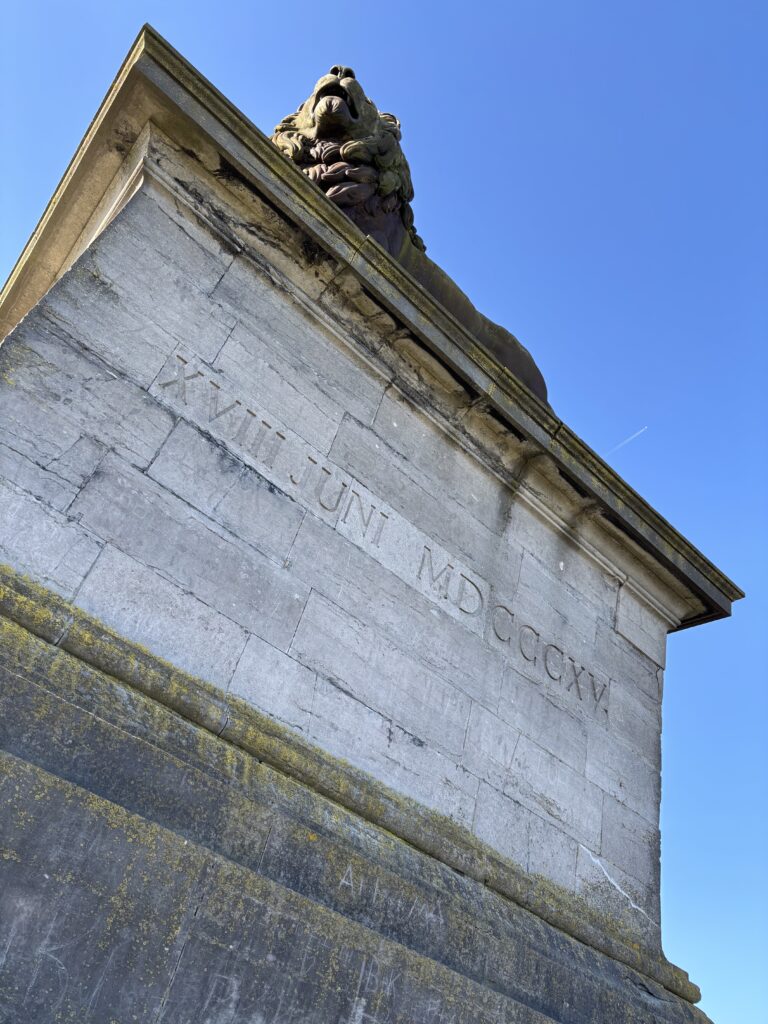
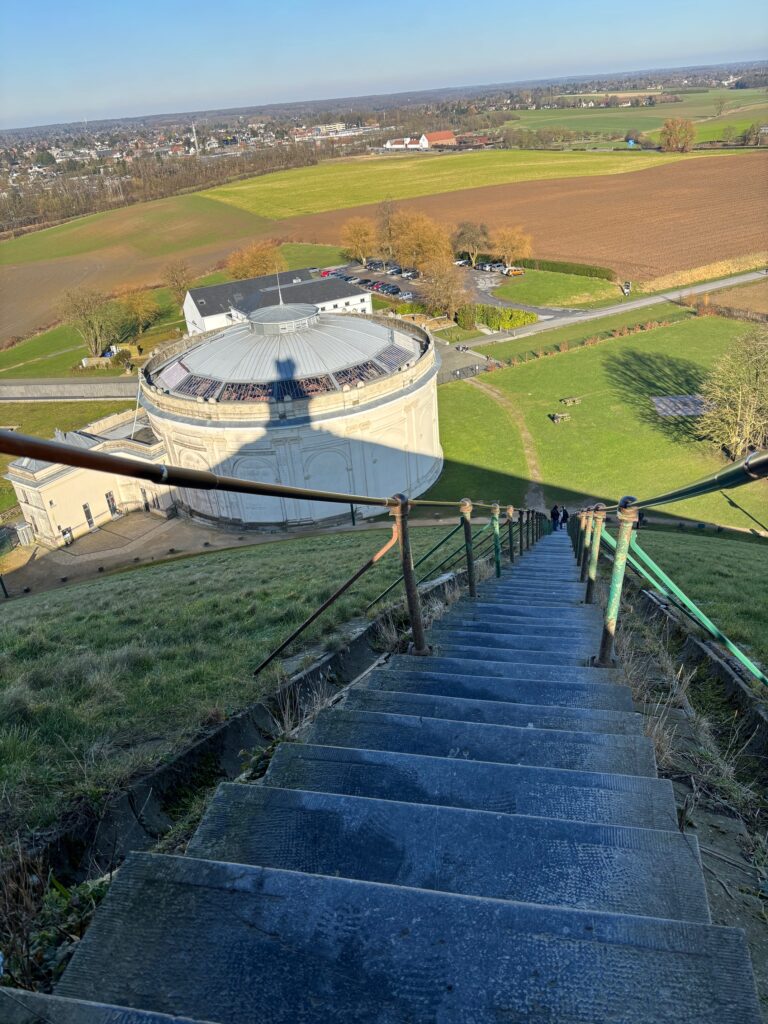
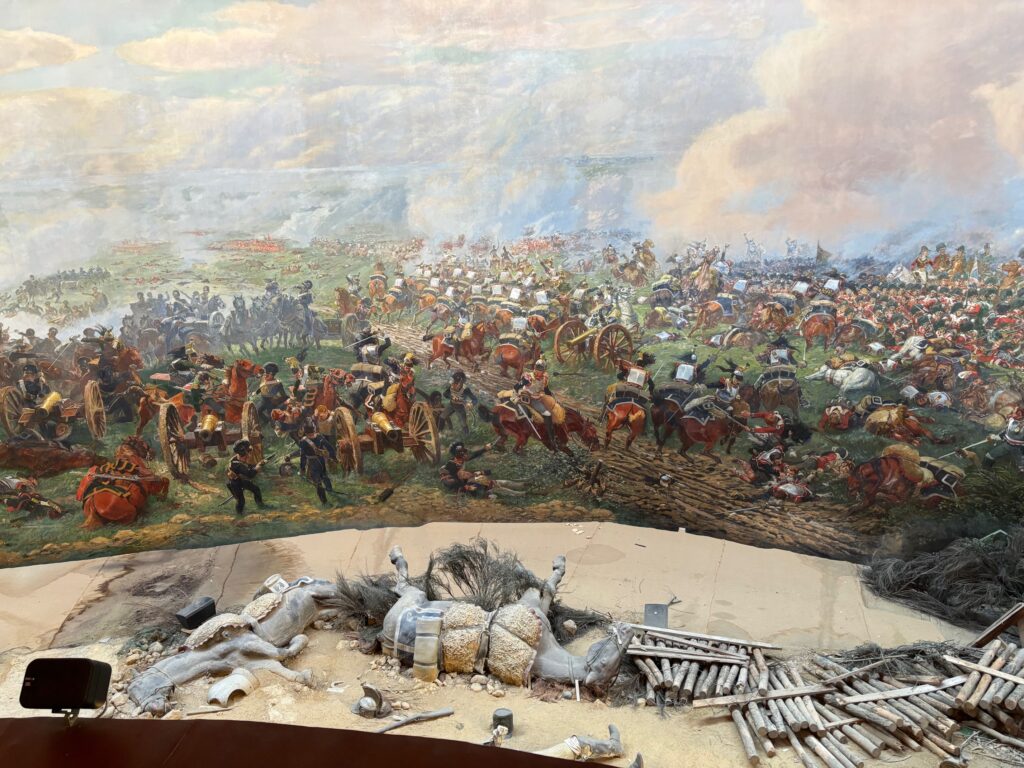
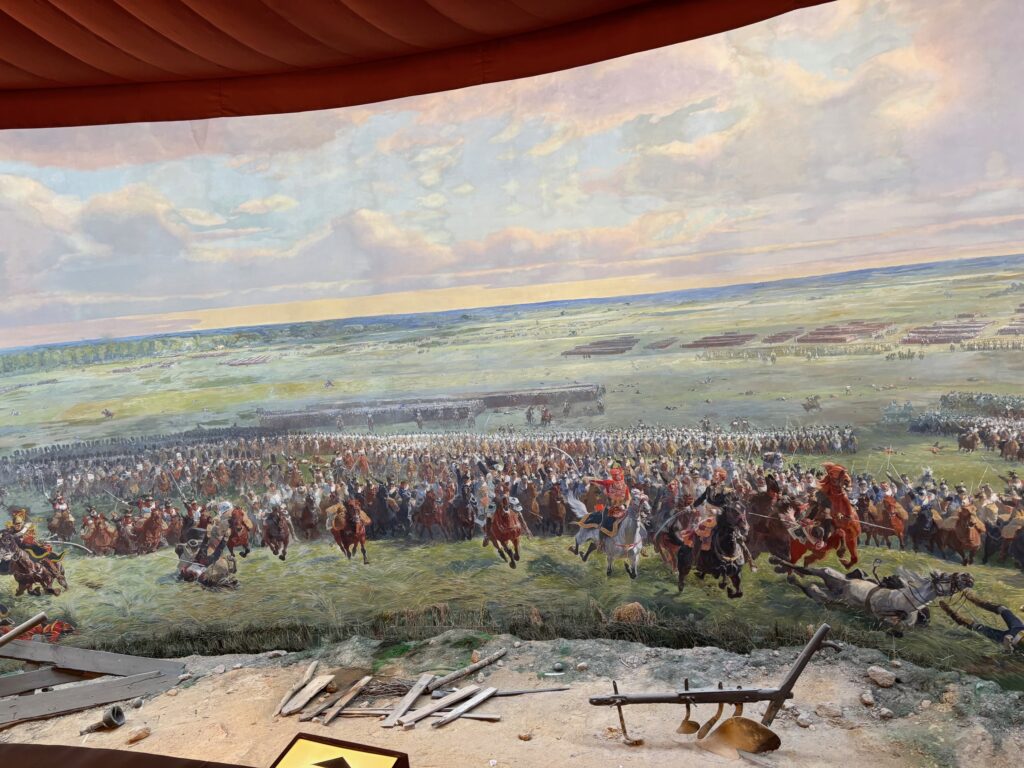
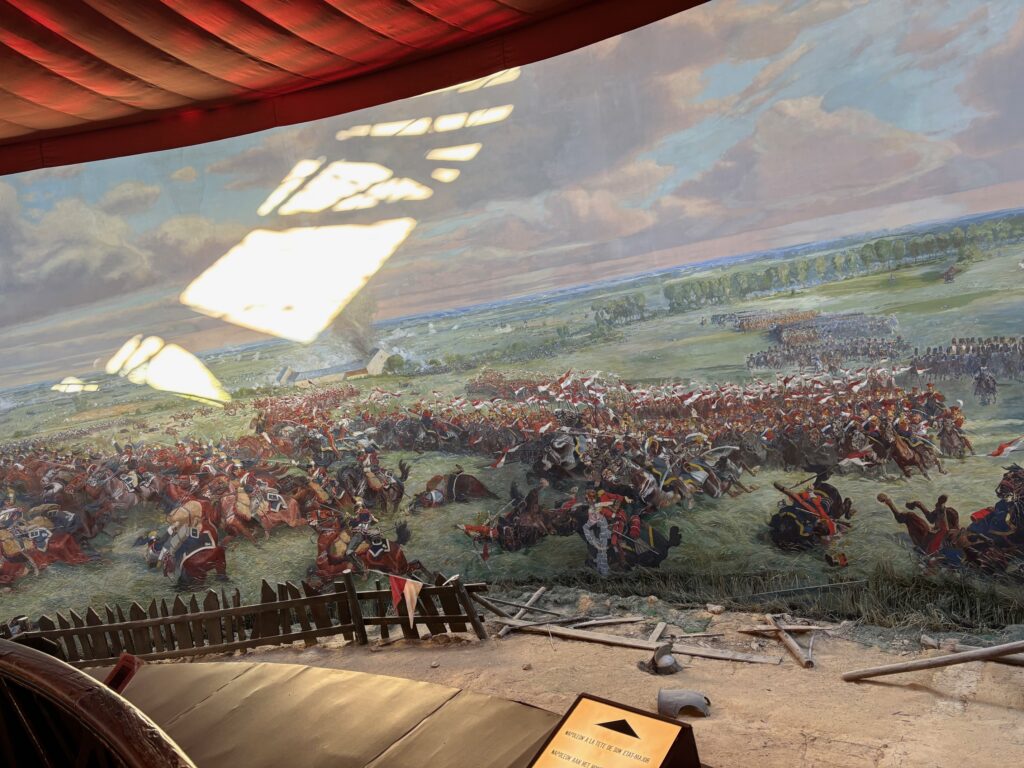
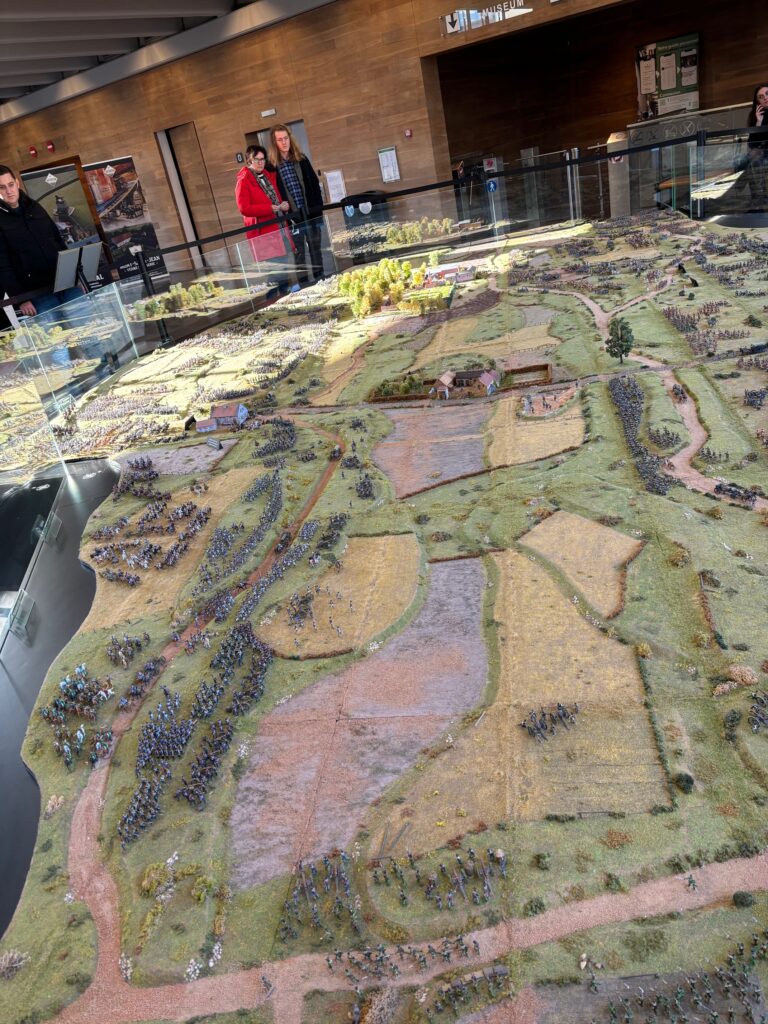
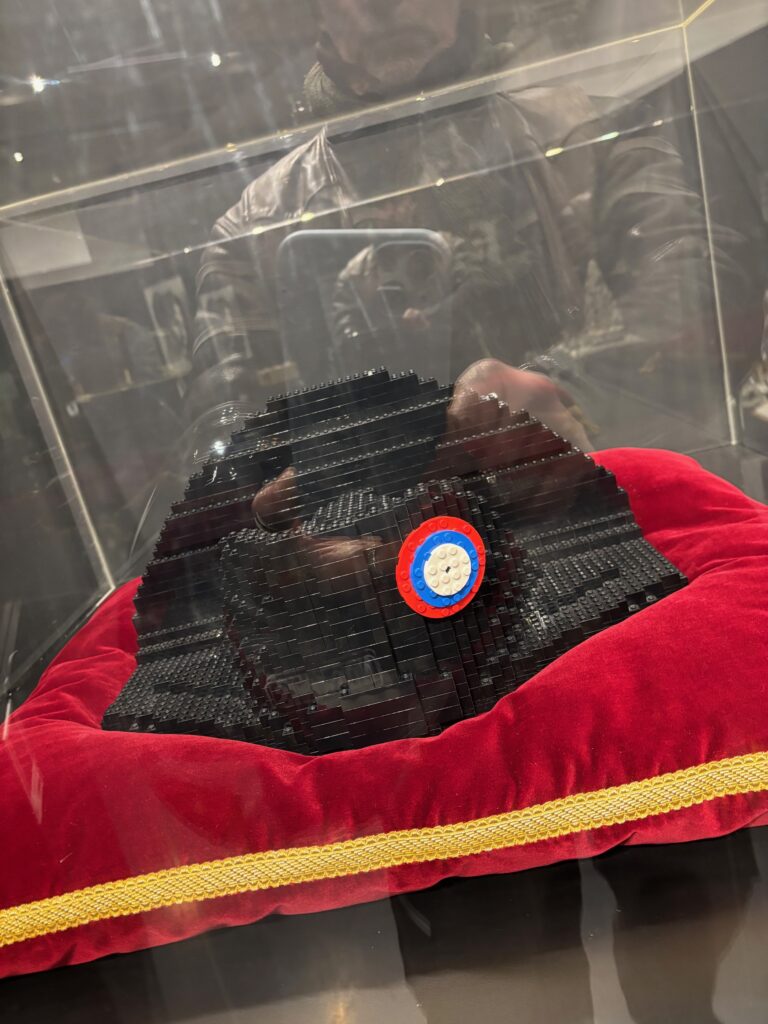
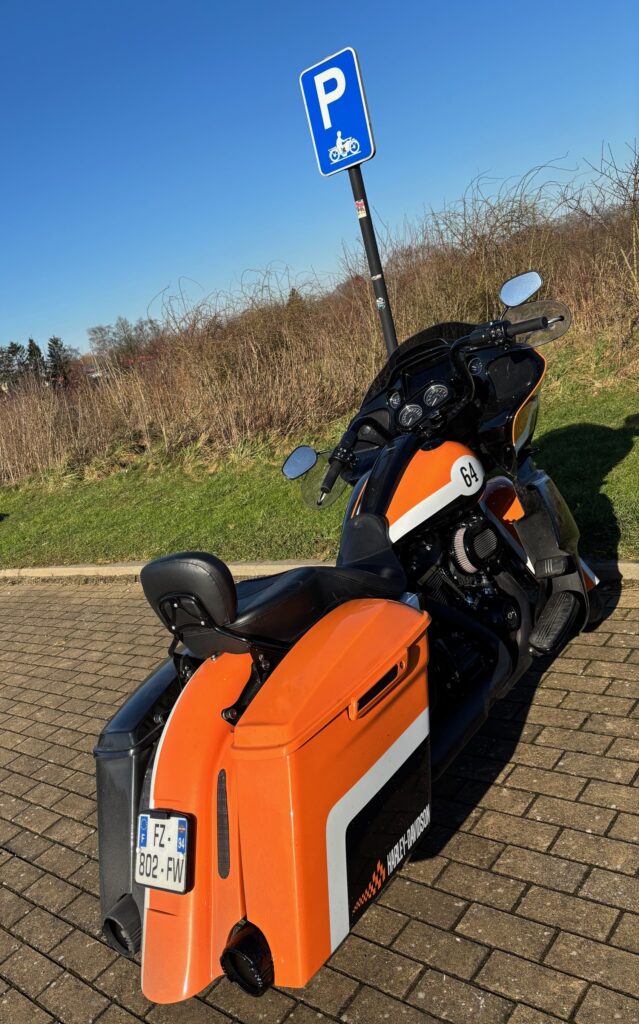
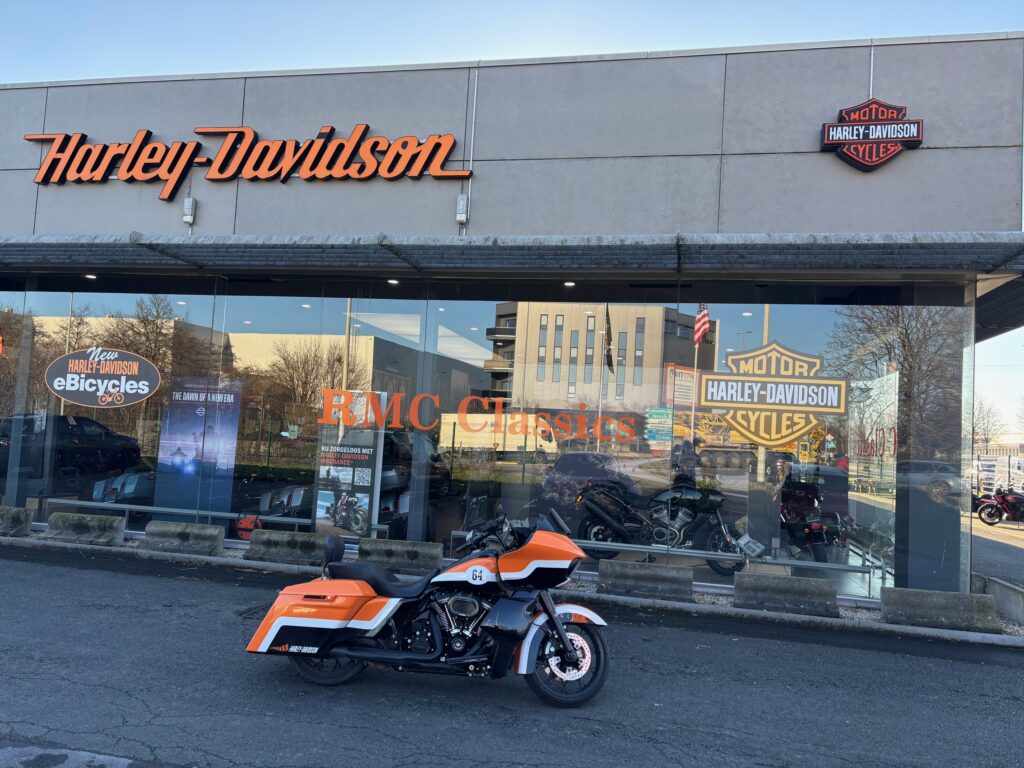
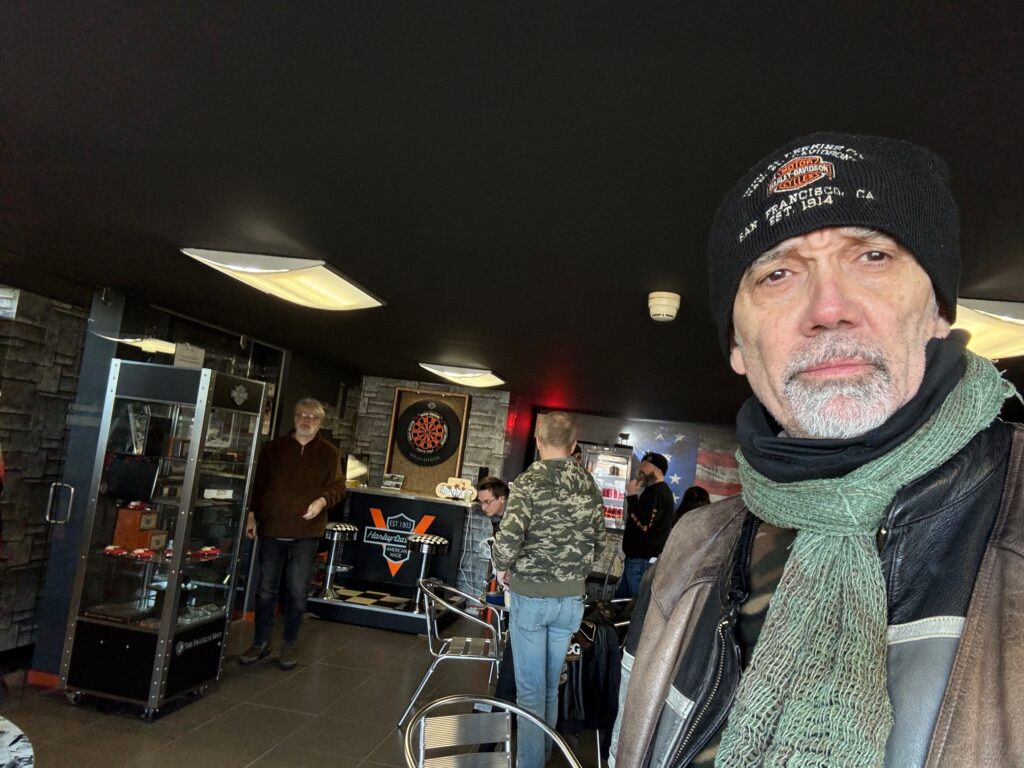
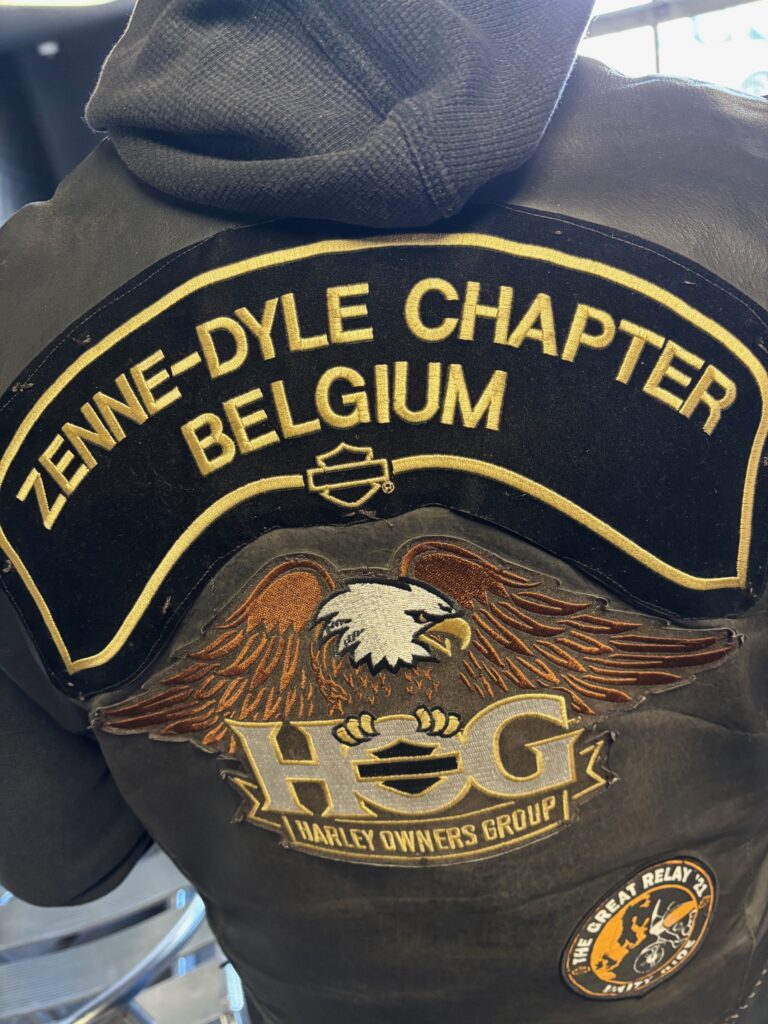
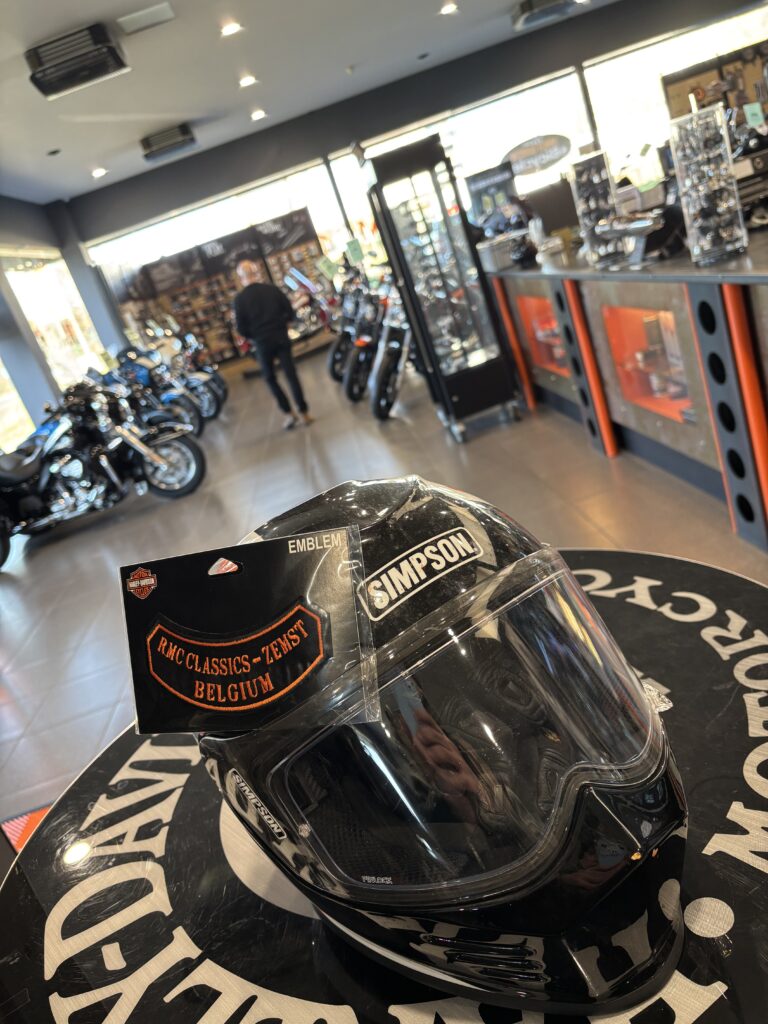
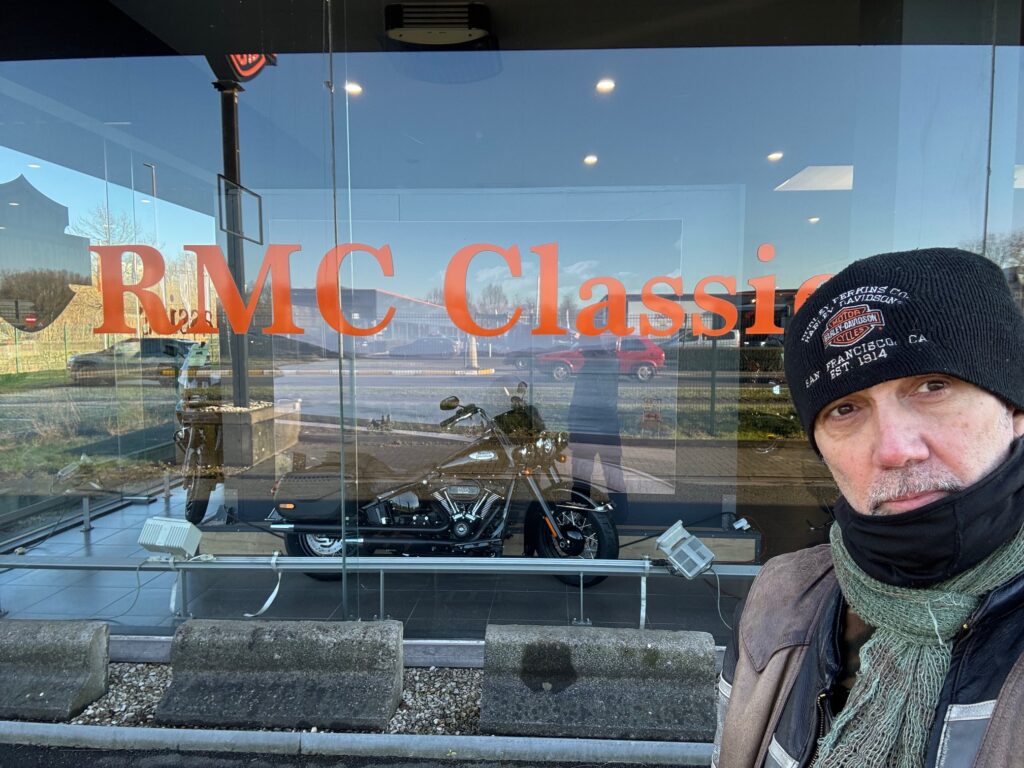
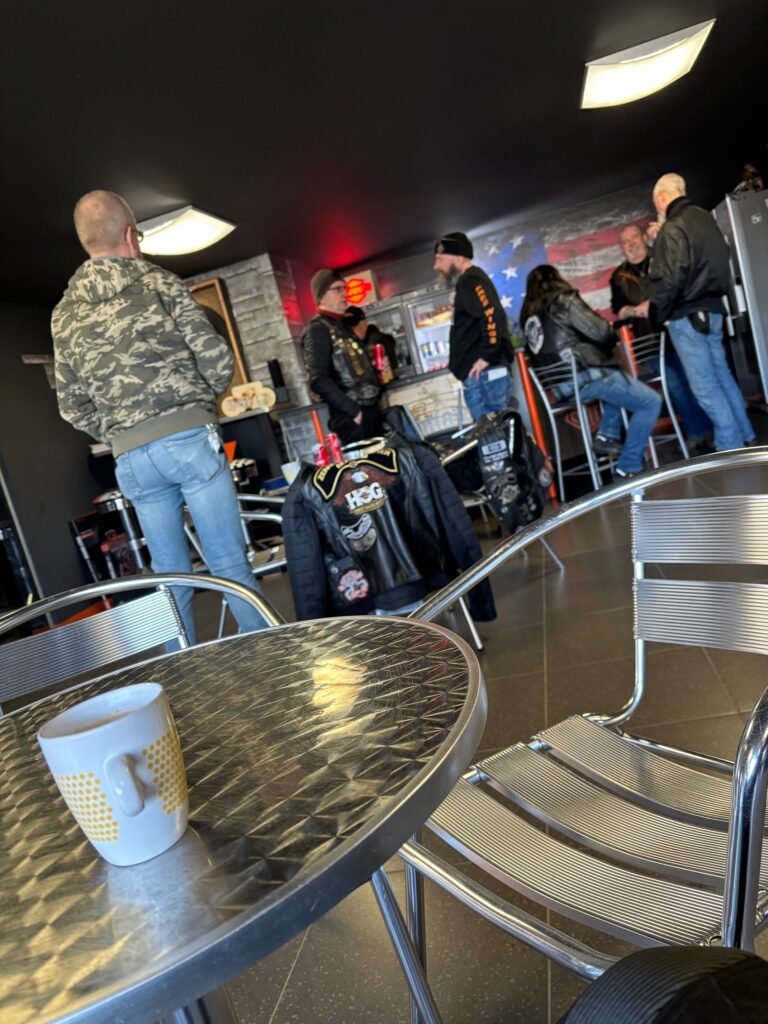
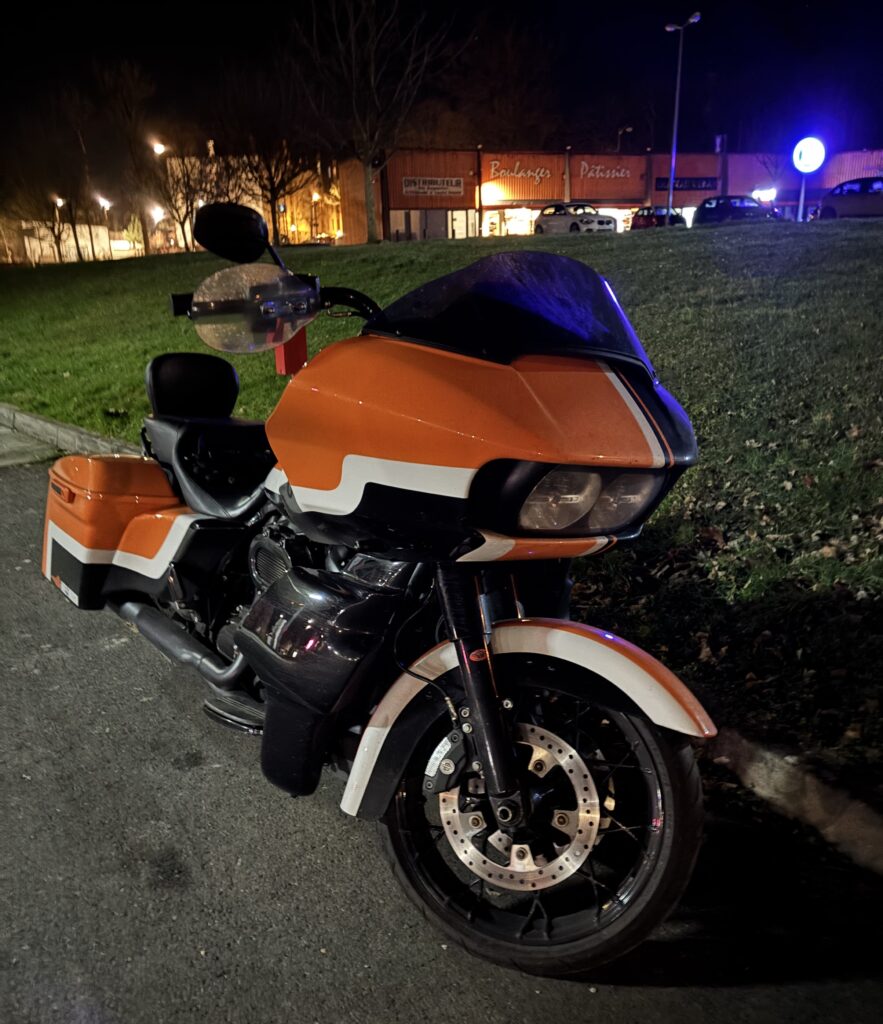
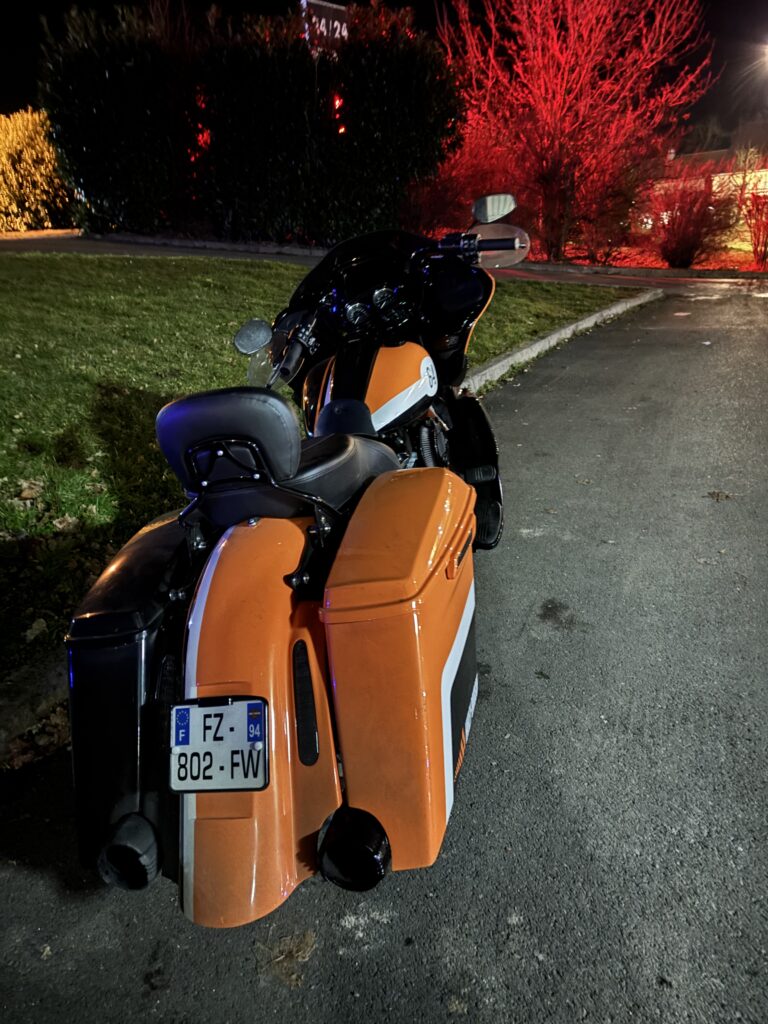
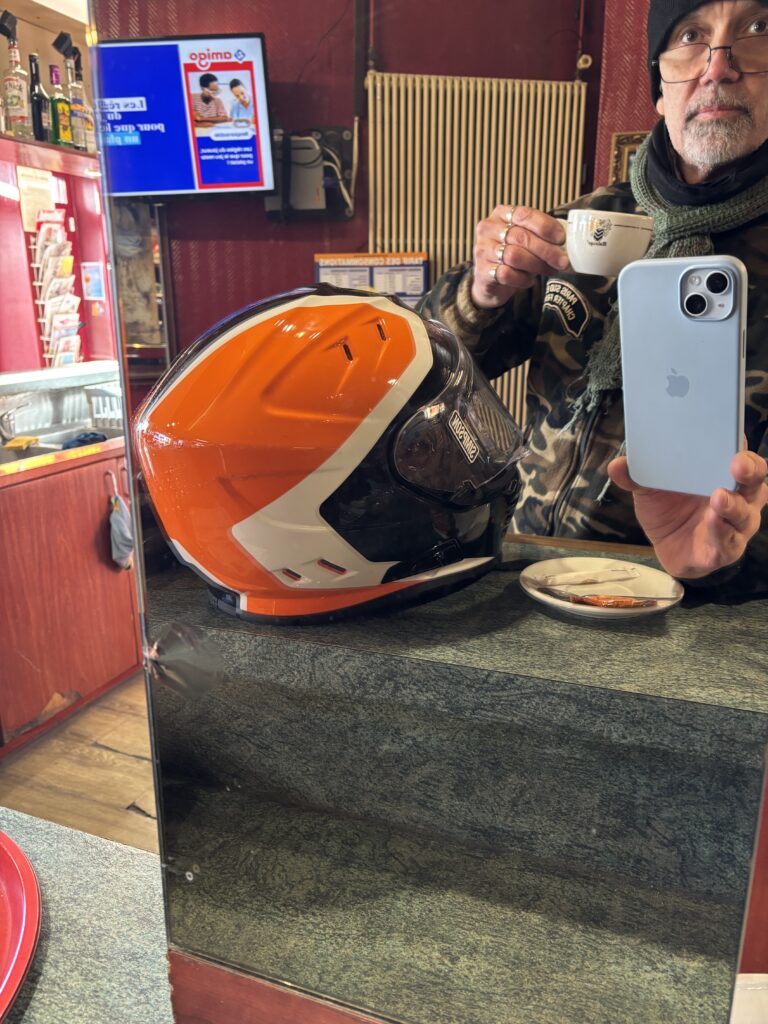
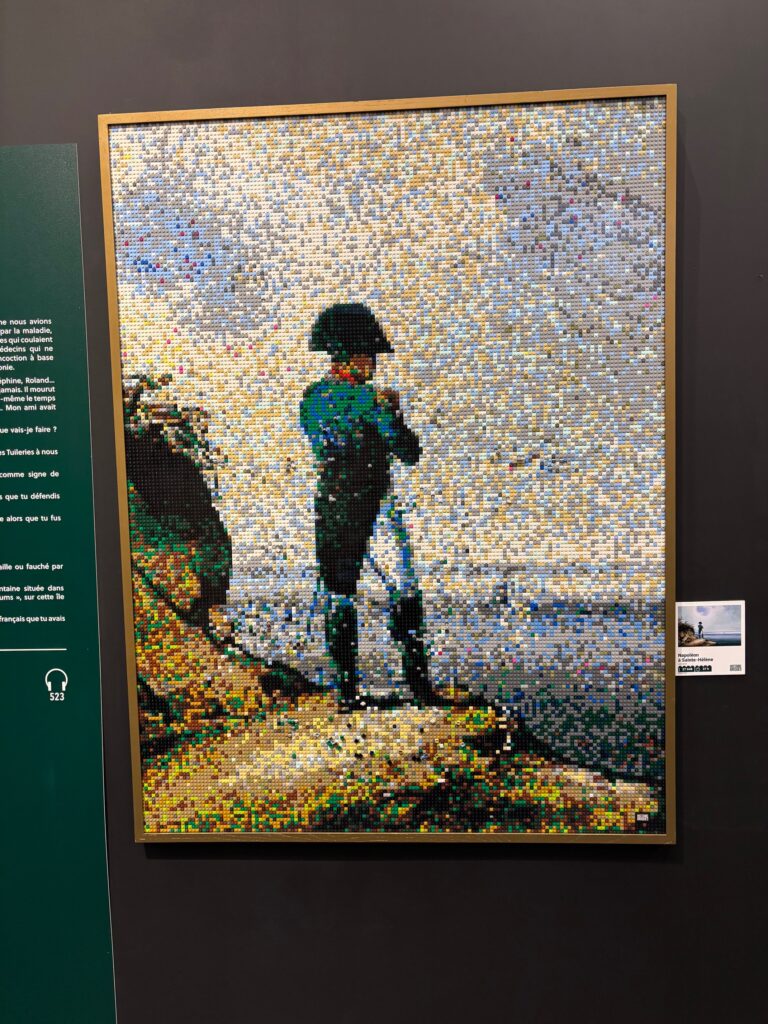
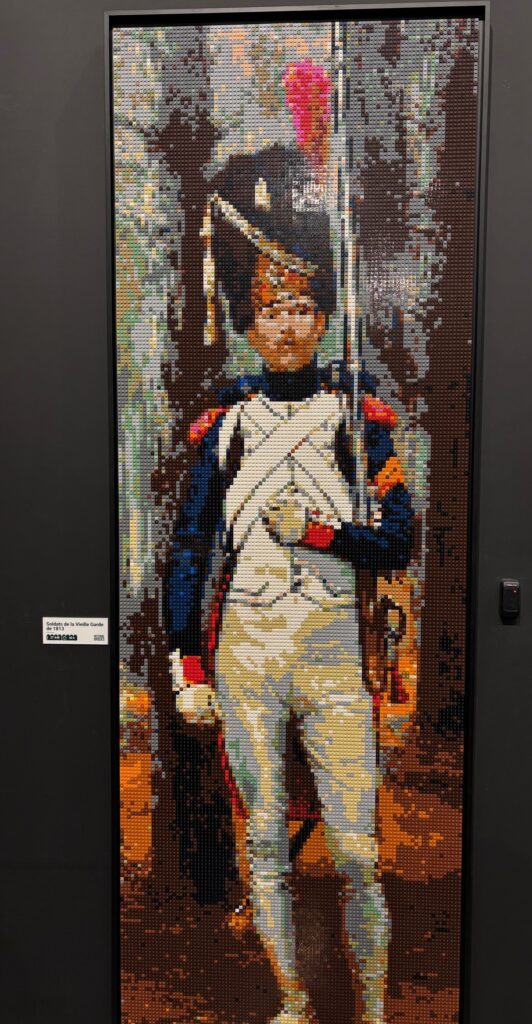
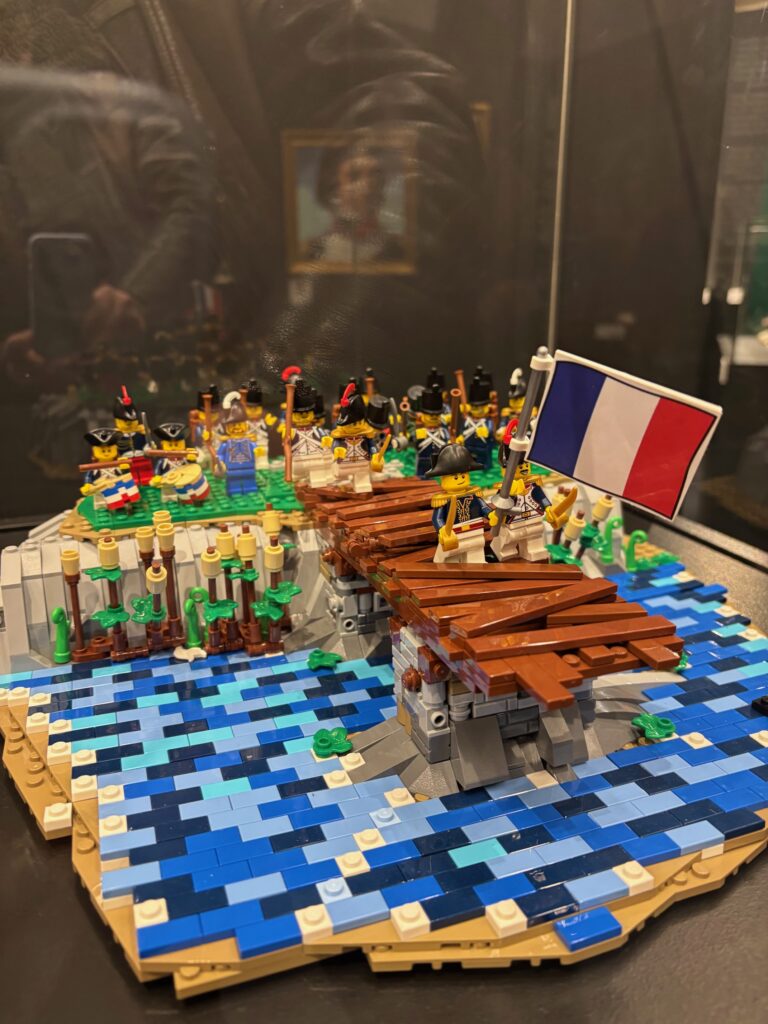
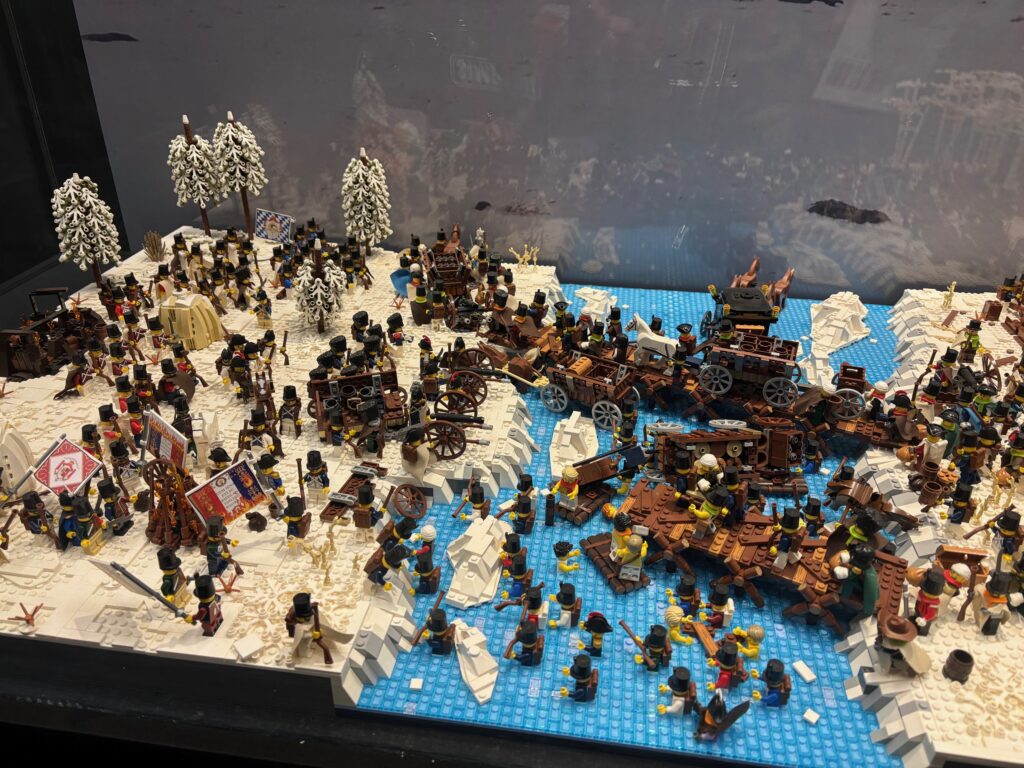
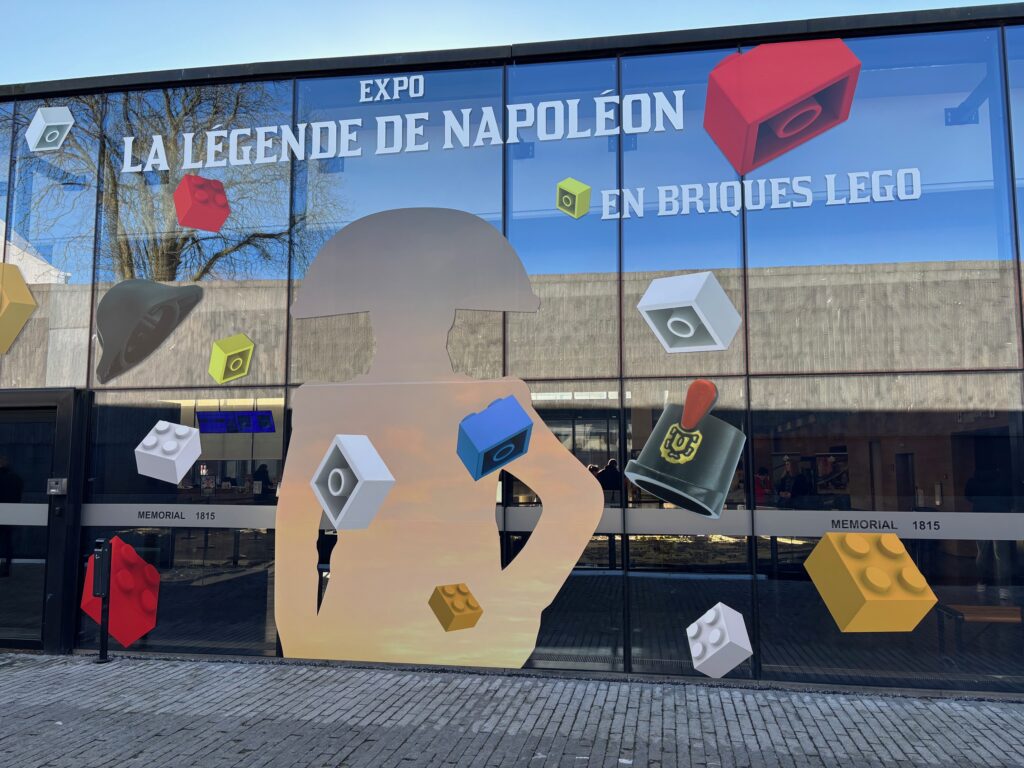
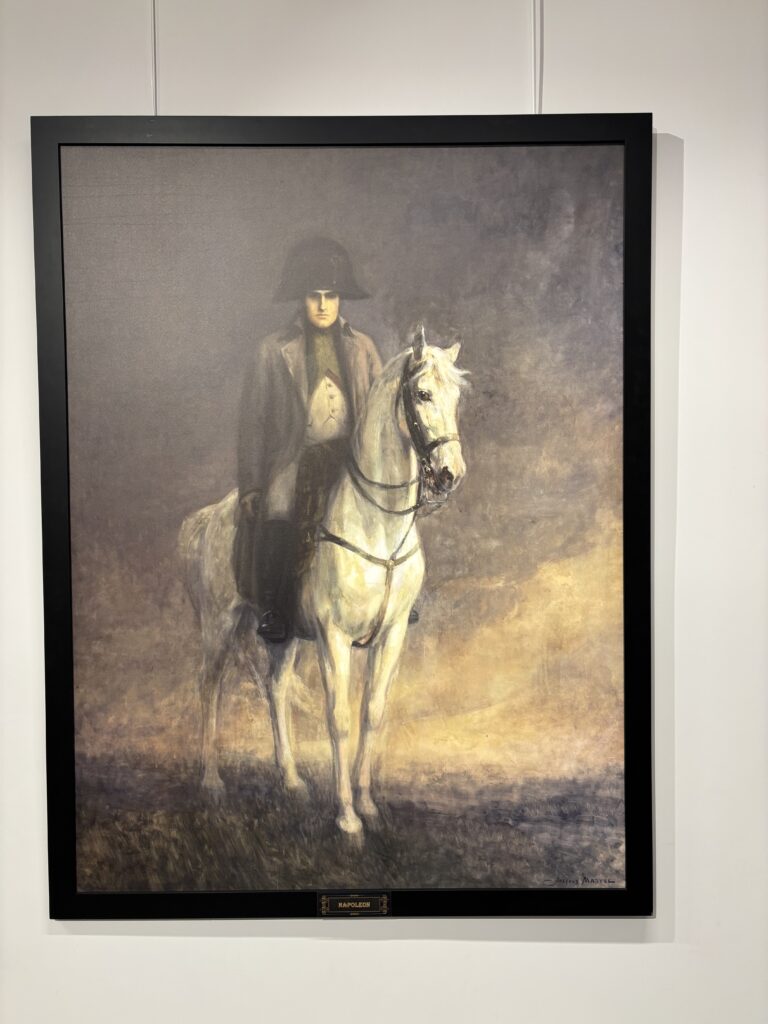
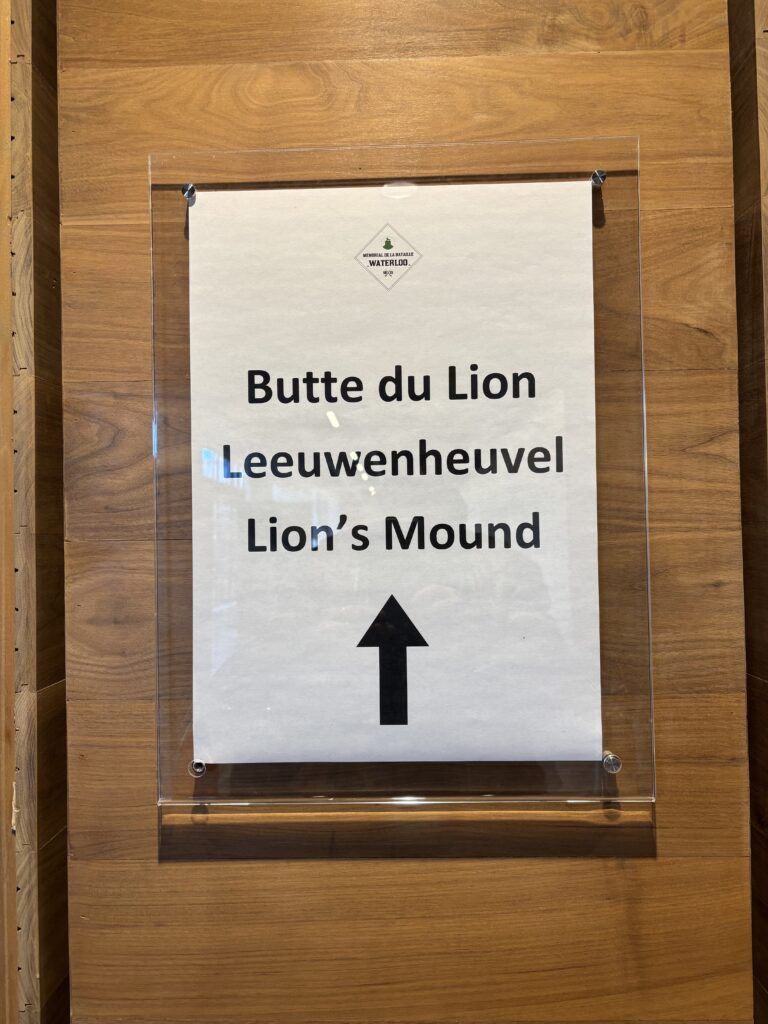
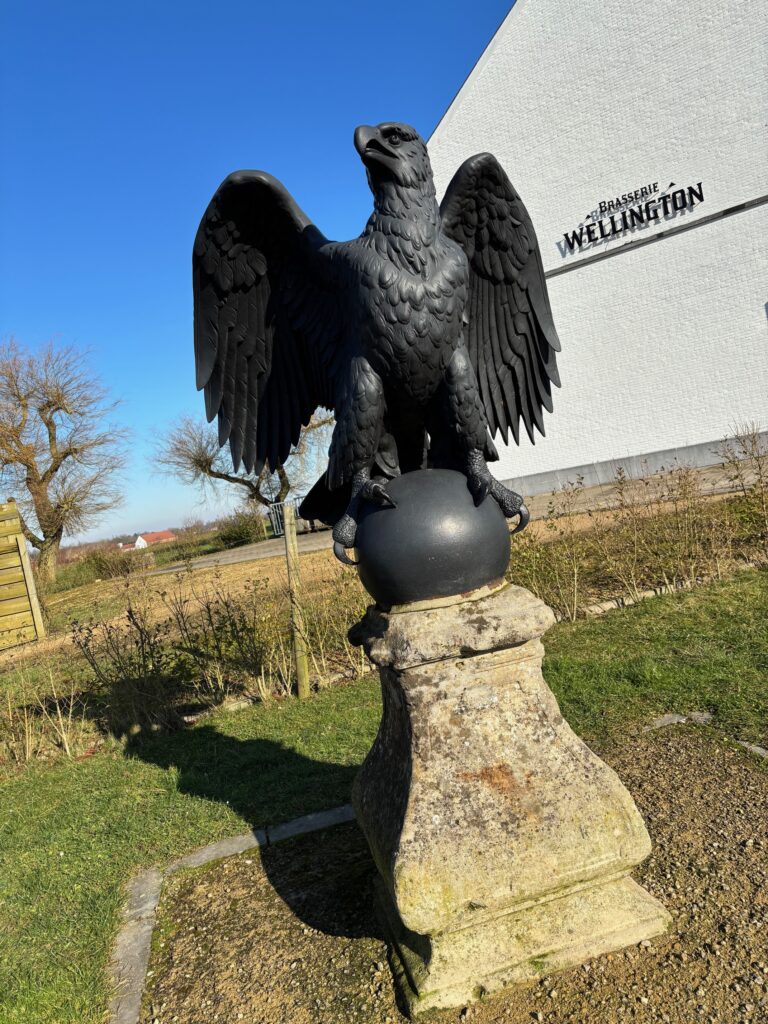
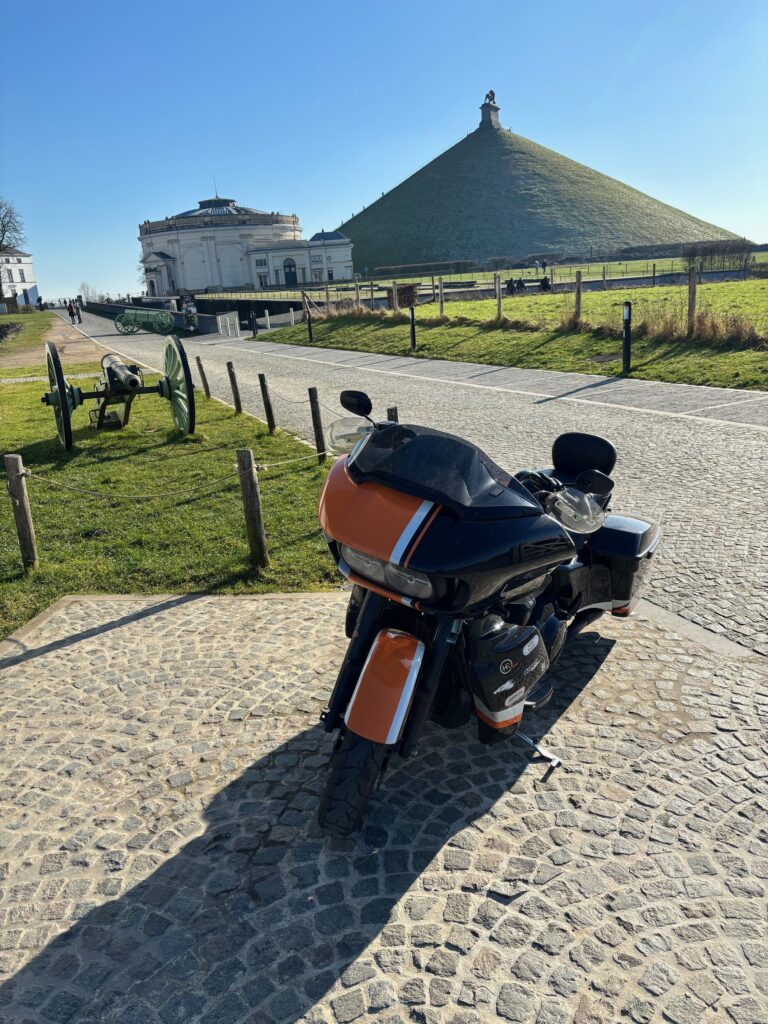
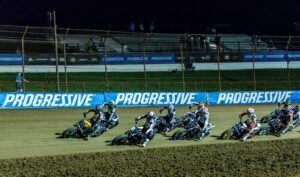



More Stories
RIDE TO THE GALLO-ROMAN SITE IN THE CENTER OF FRANCE
RIDE TO THE CASTLES
RIDE TO THE VALENCIA MARKET